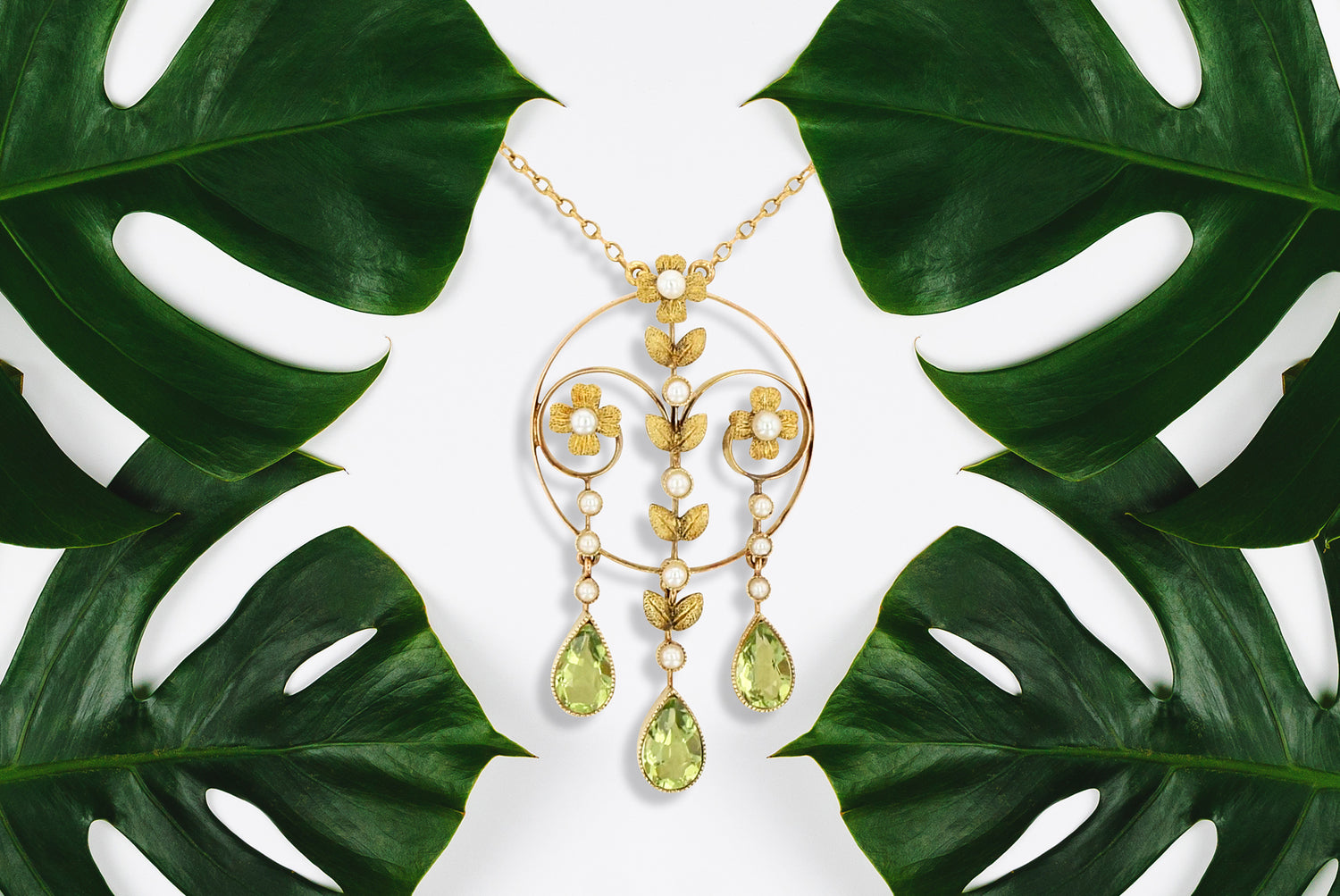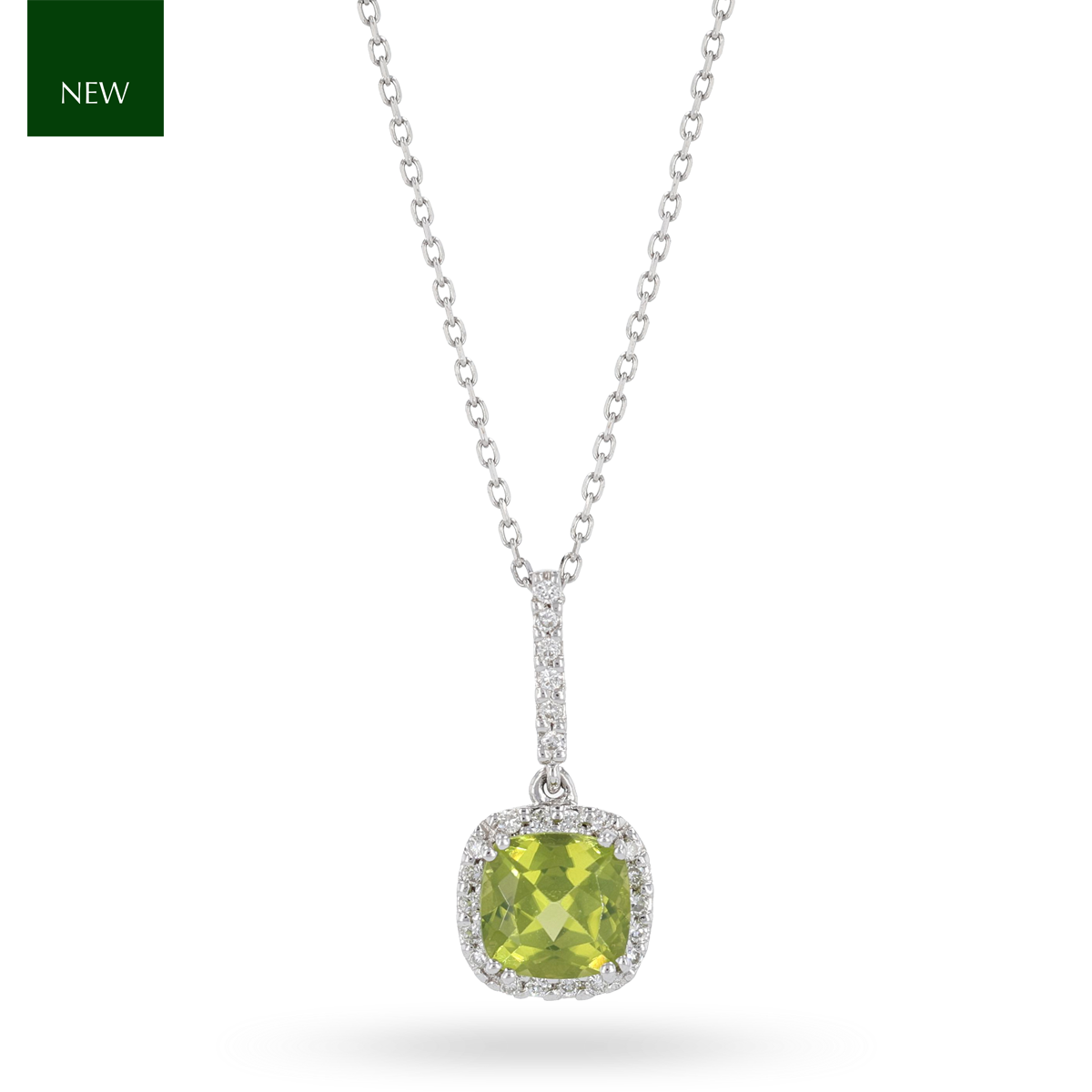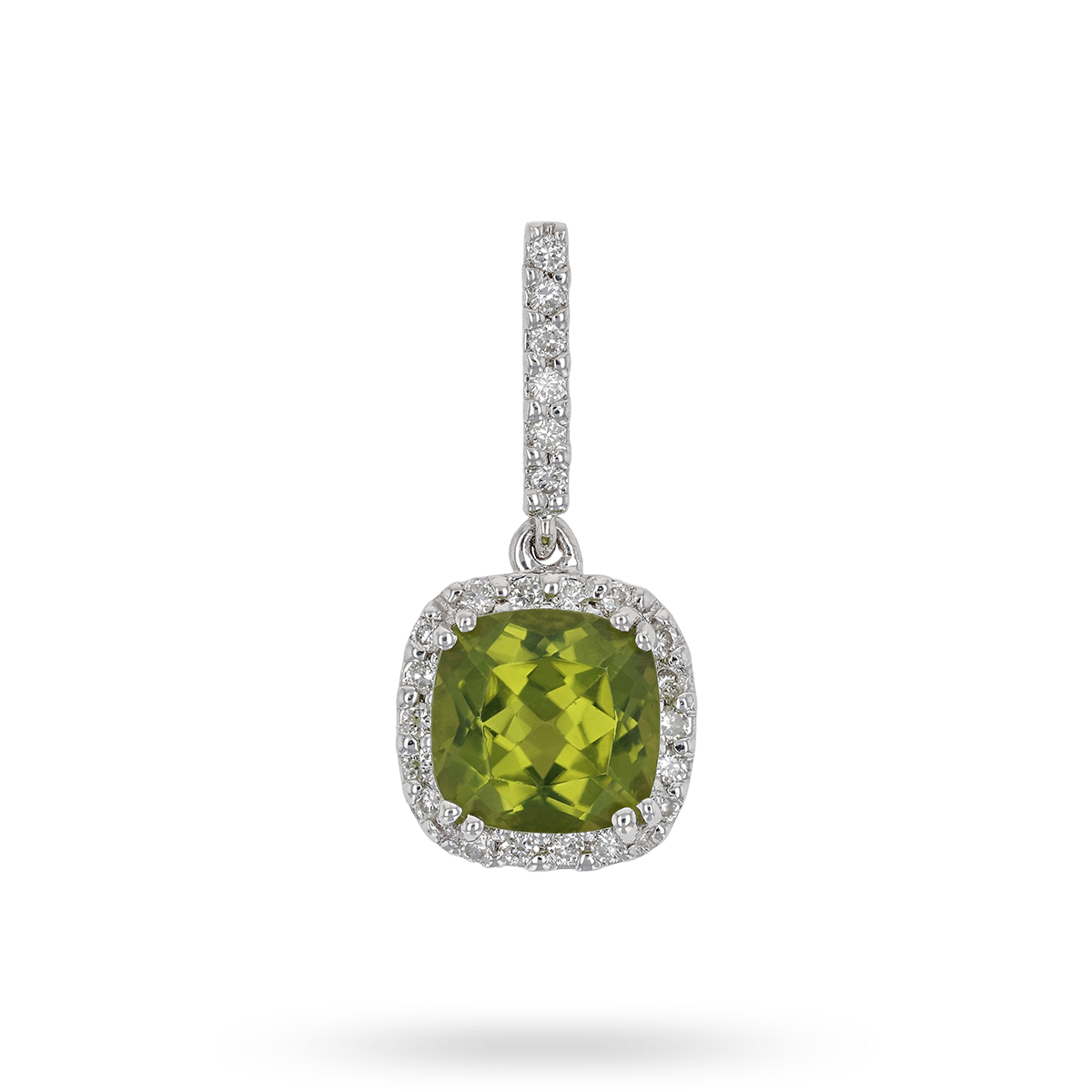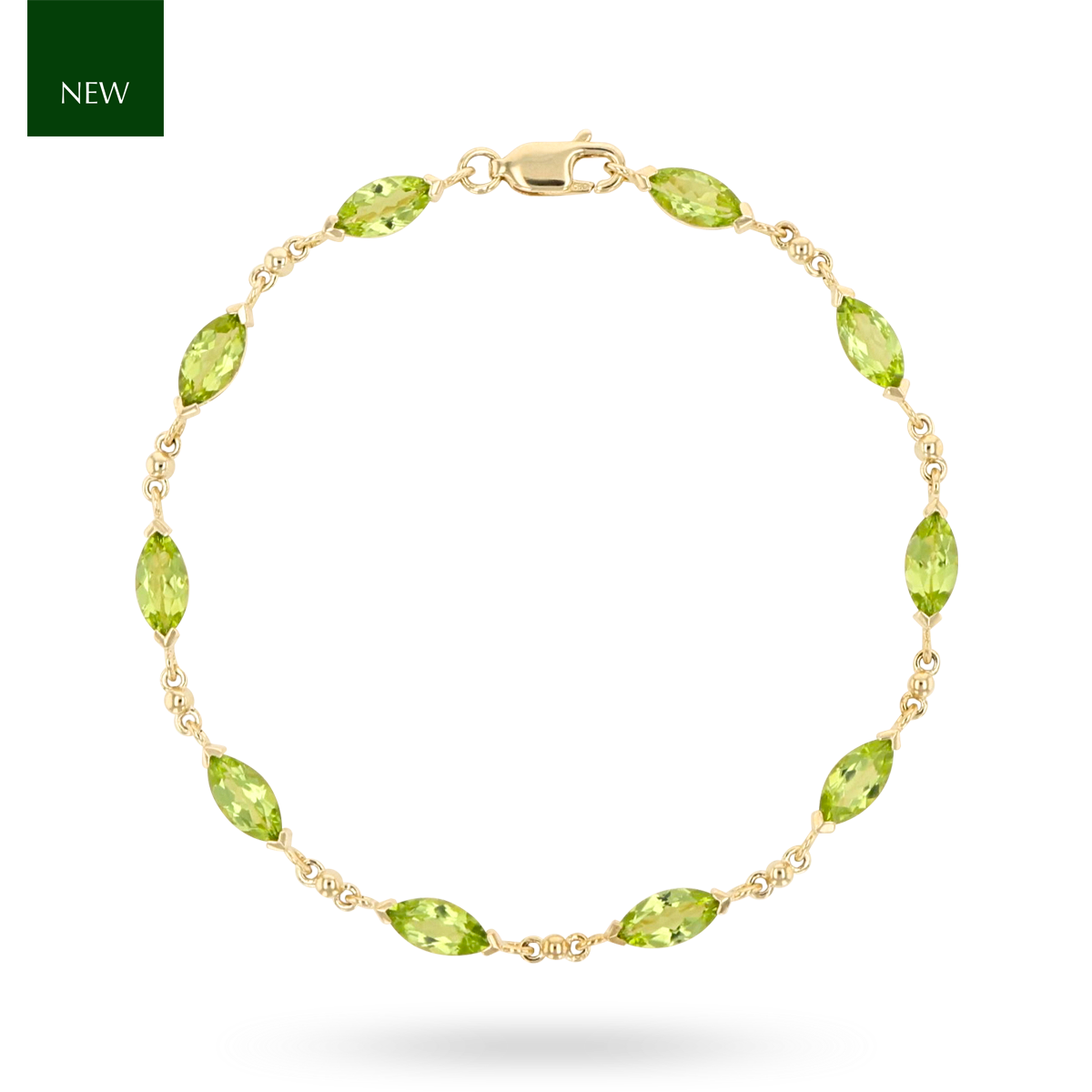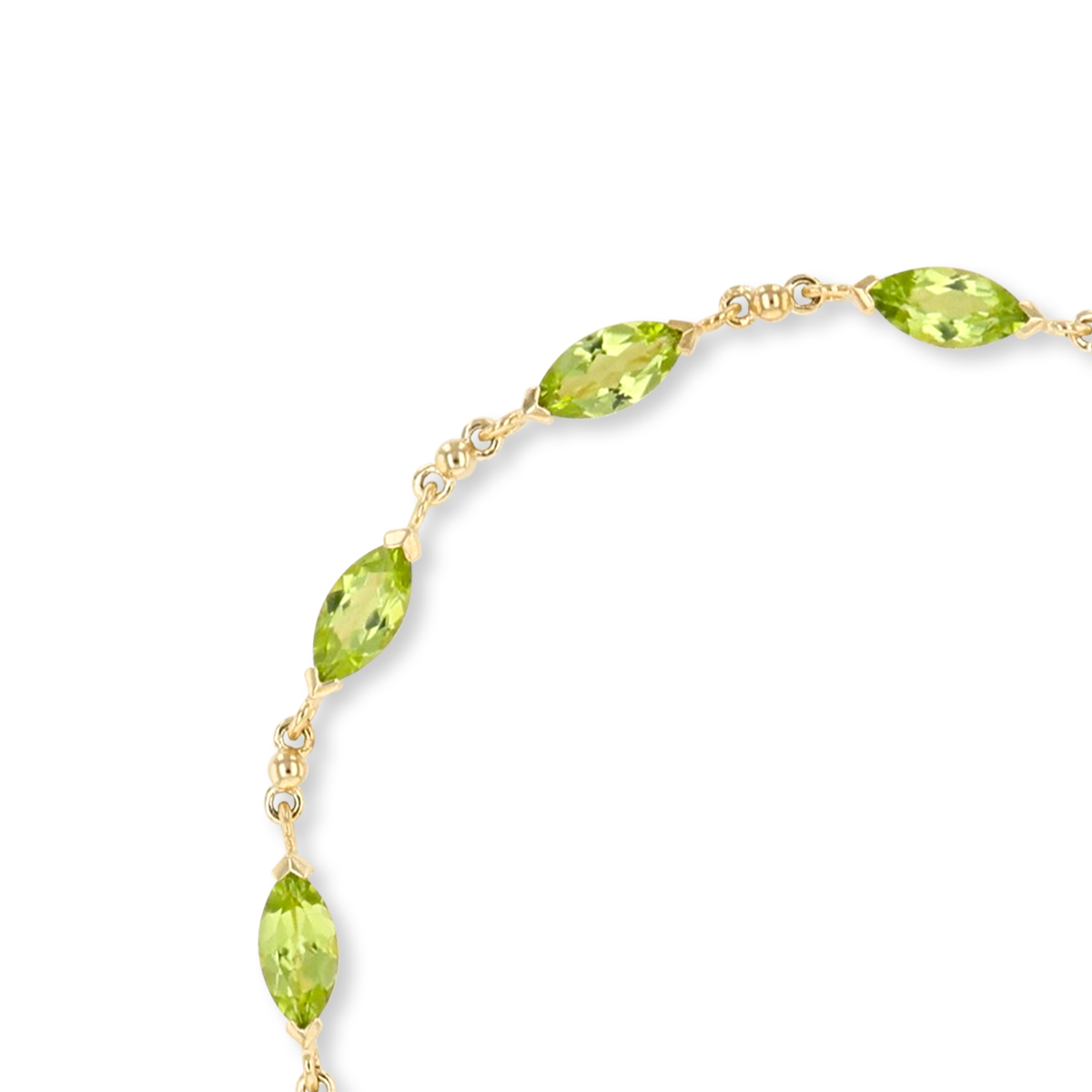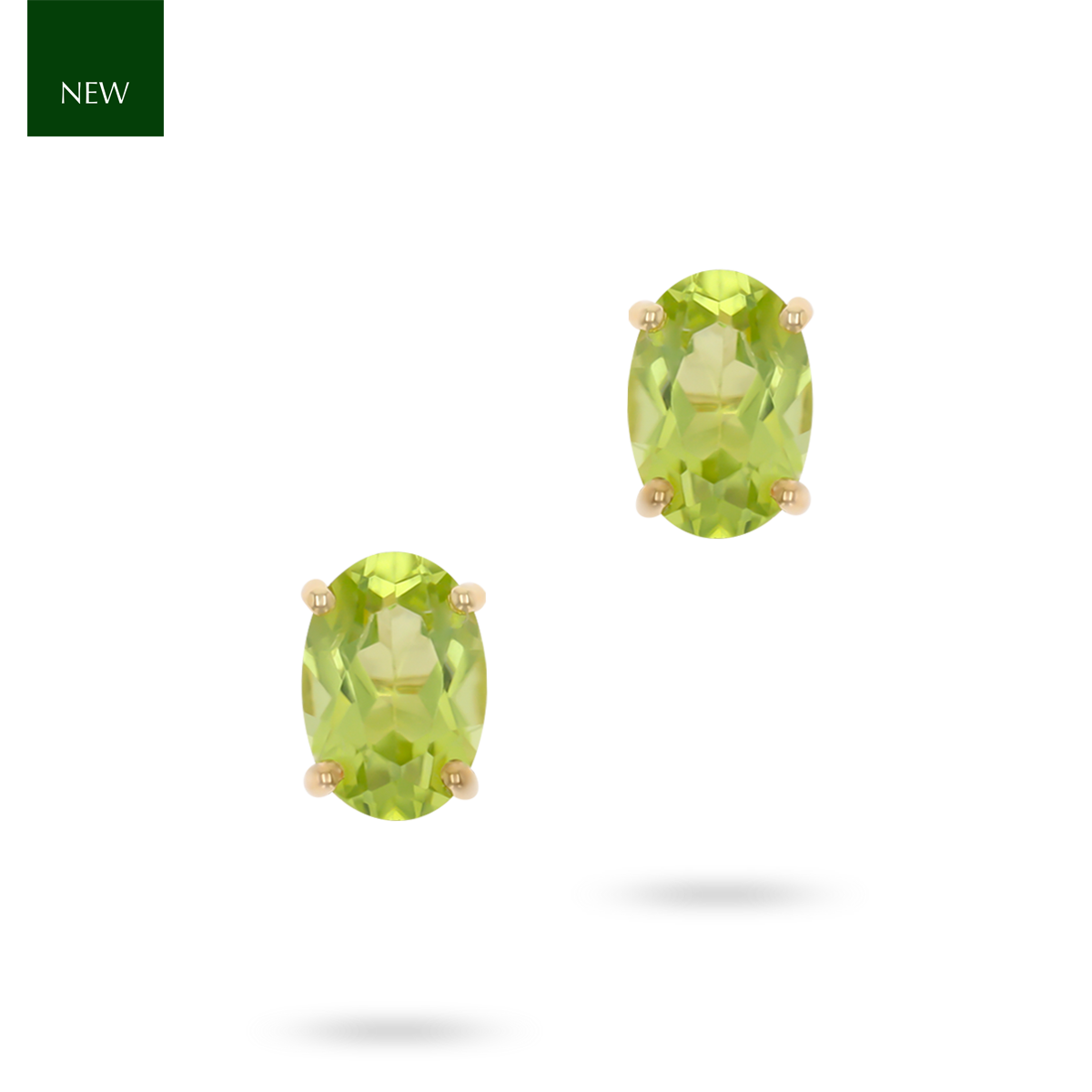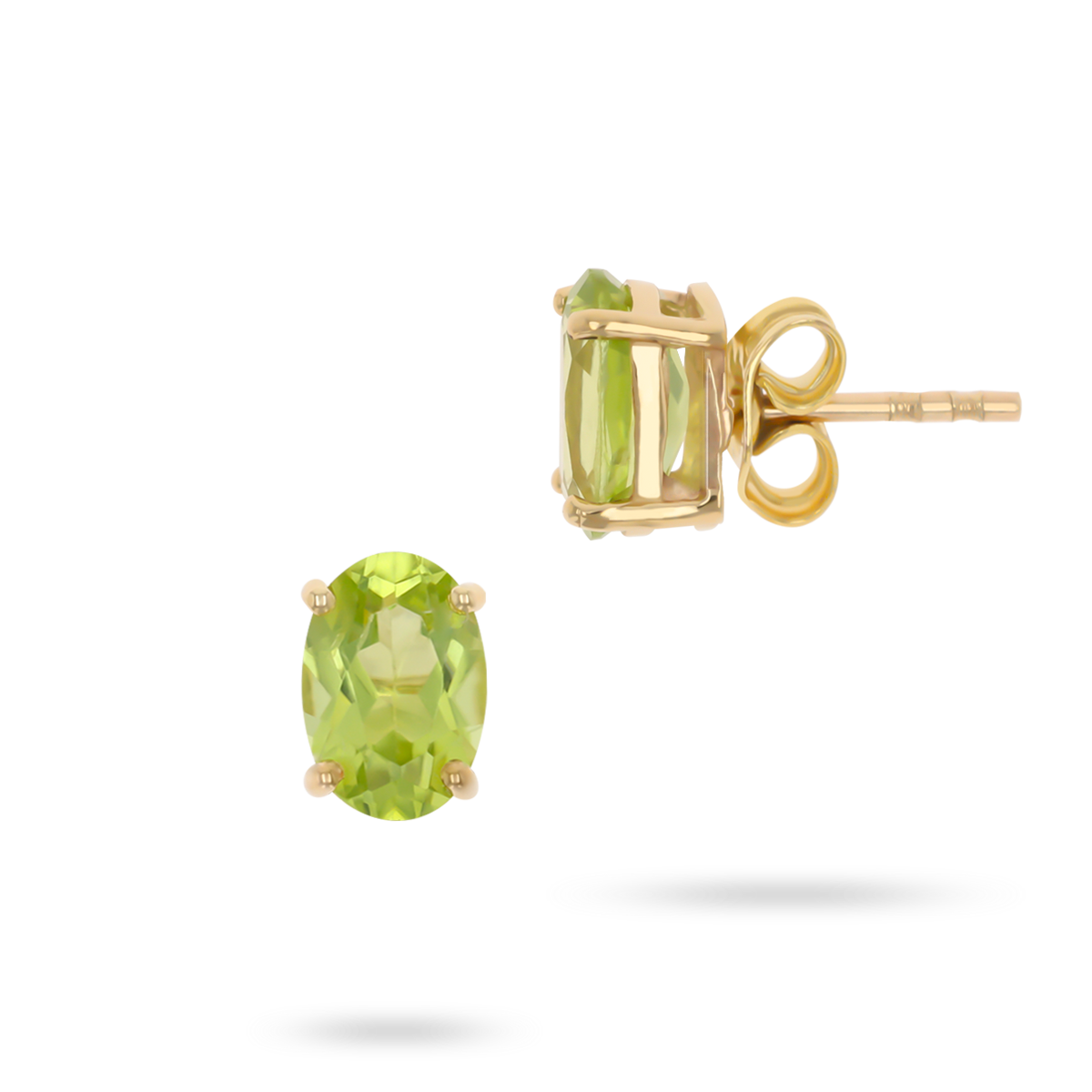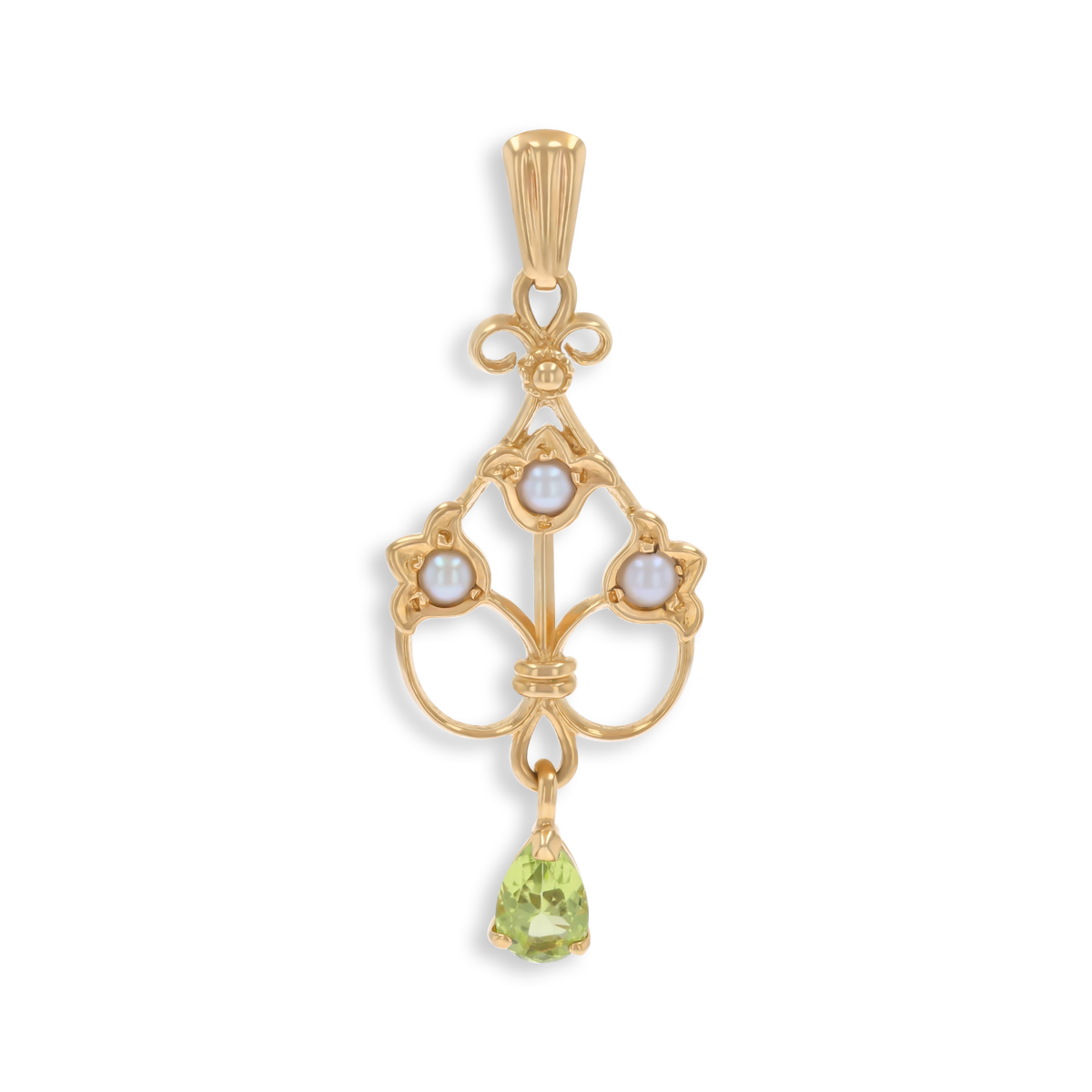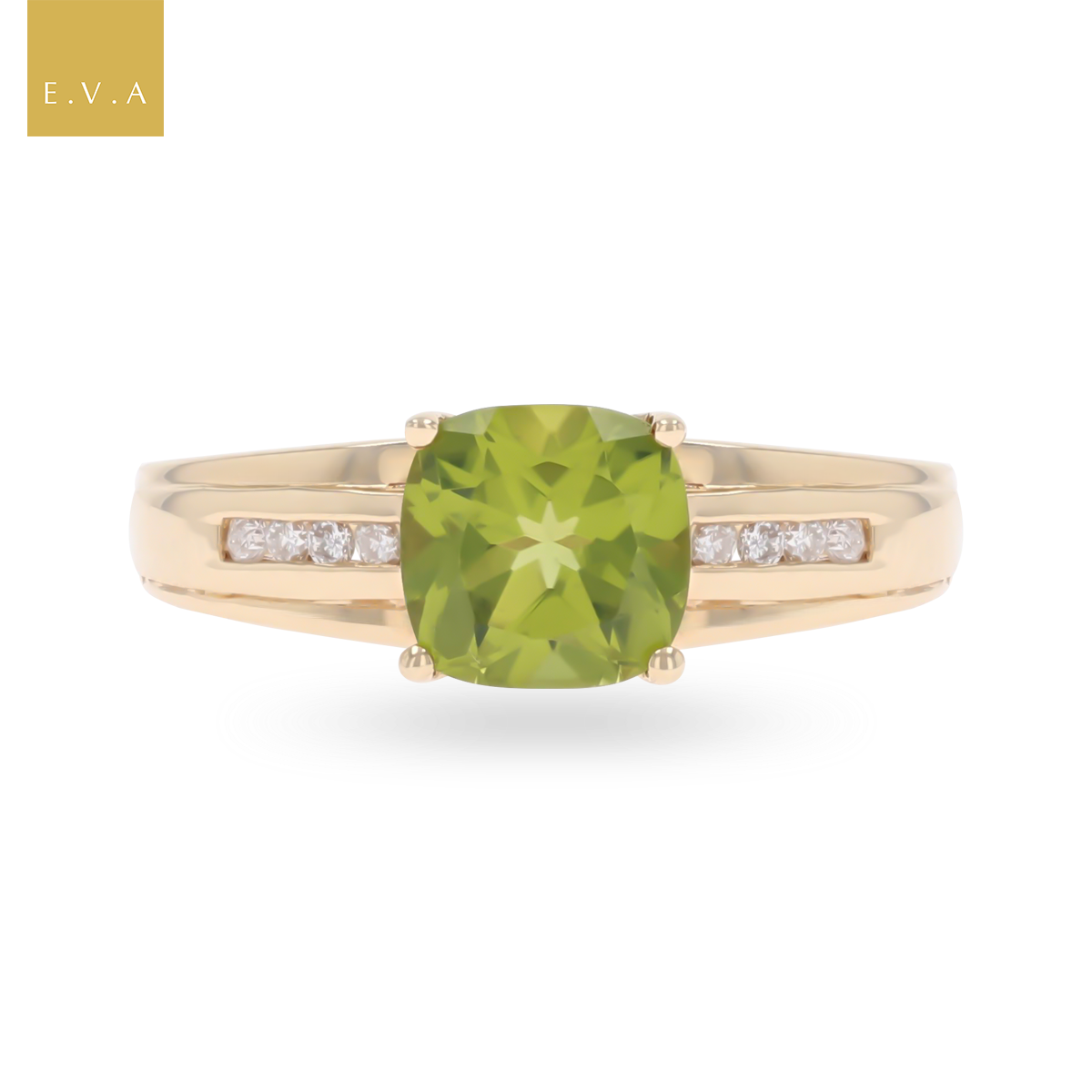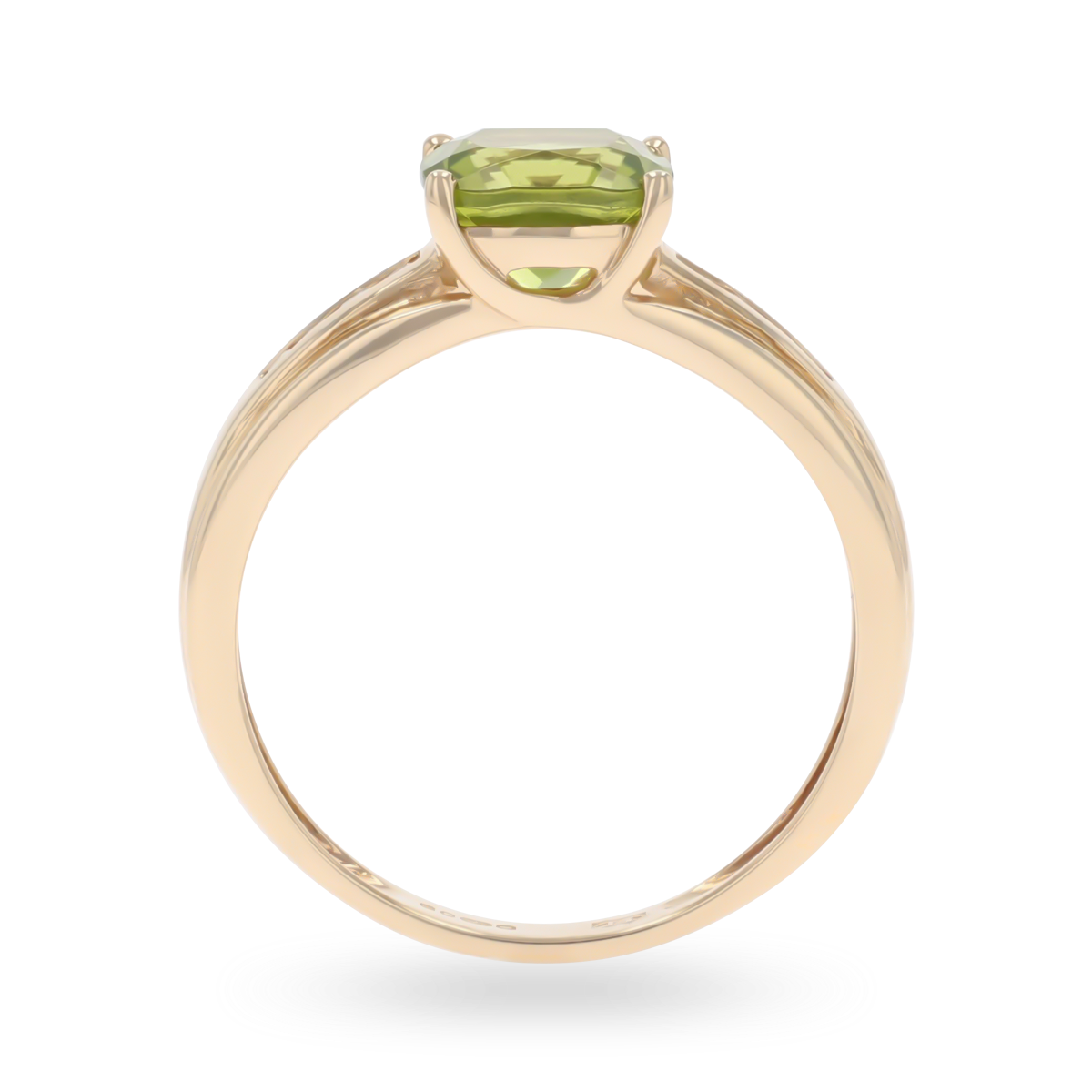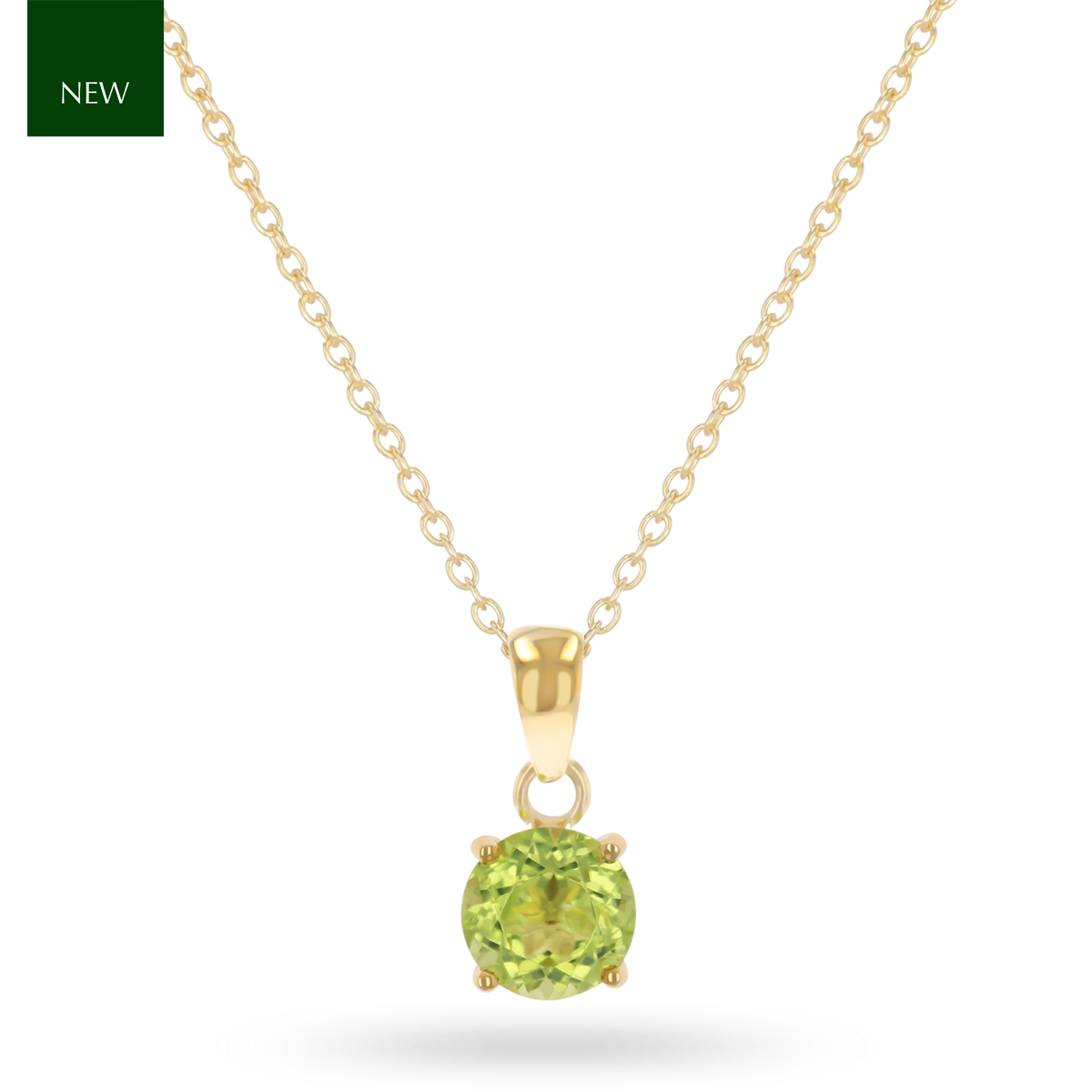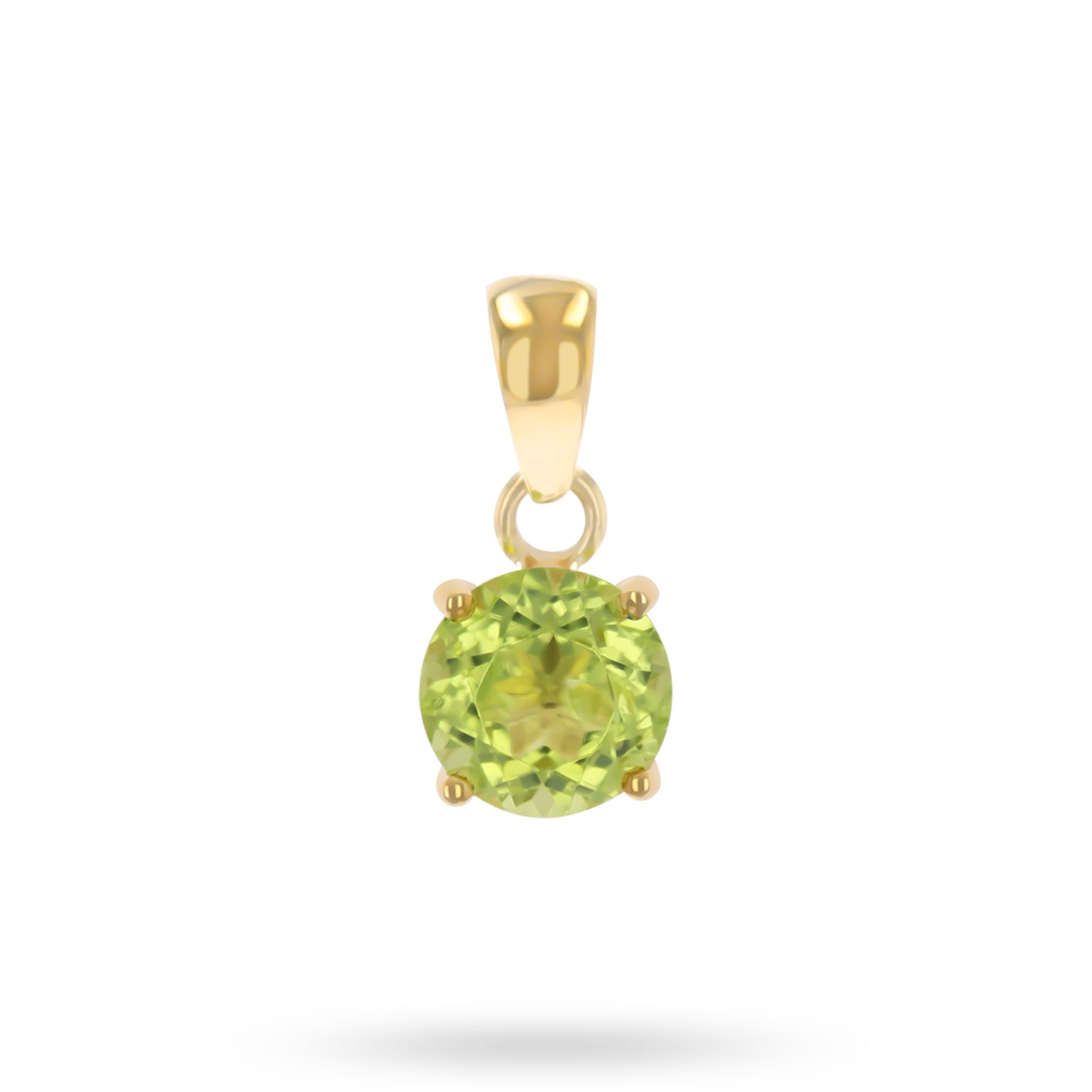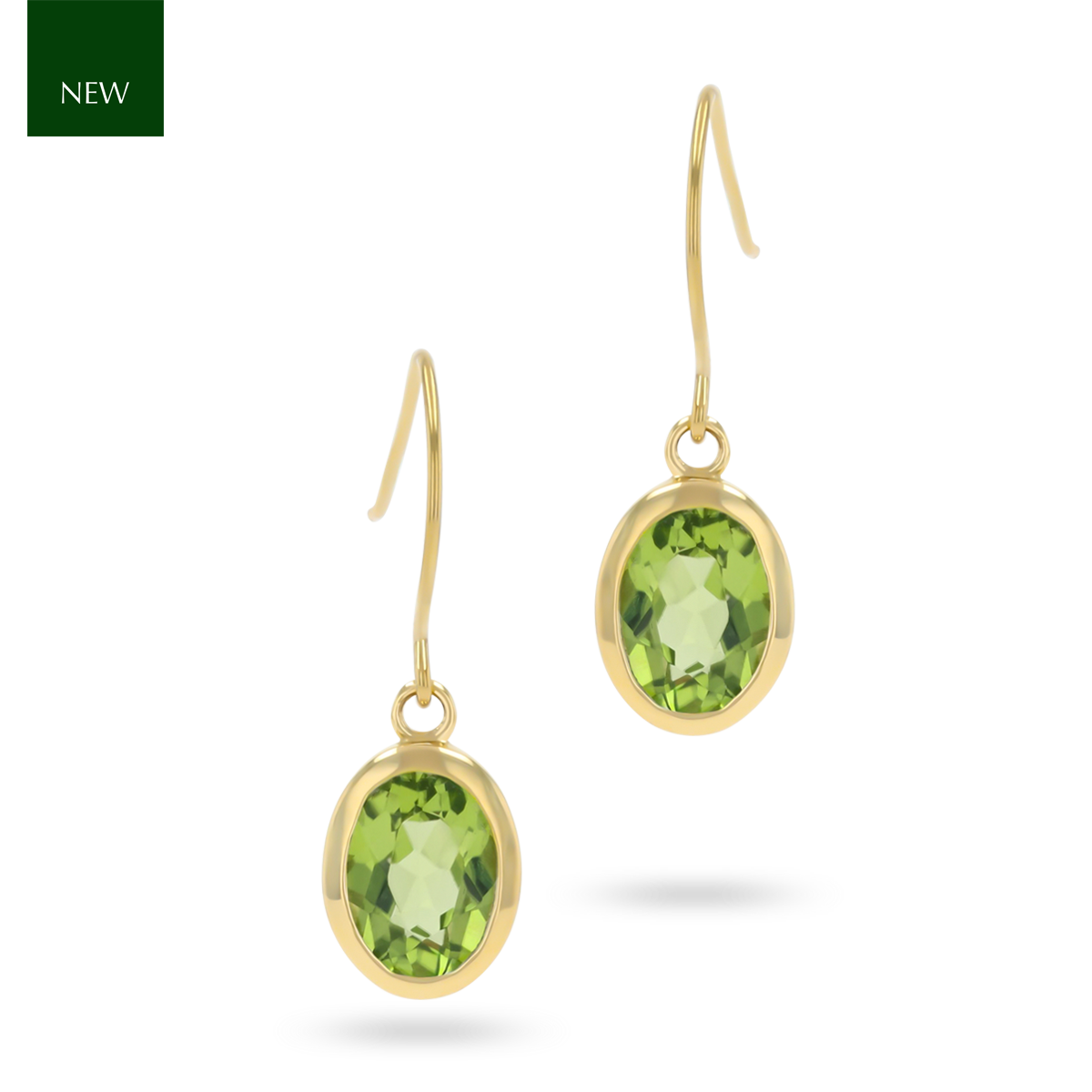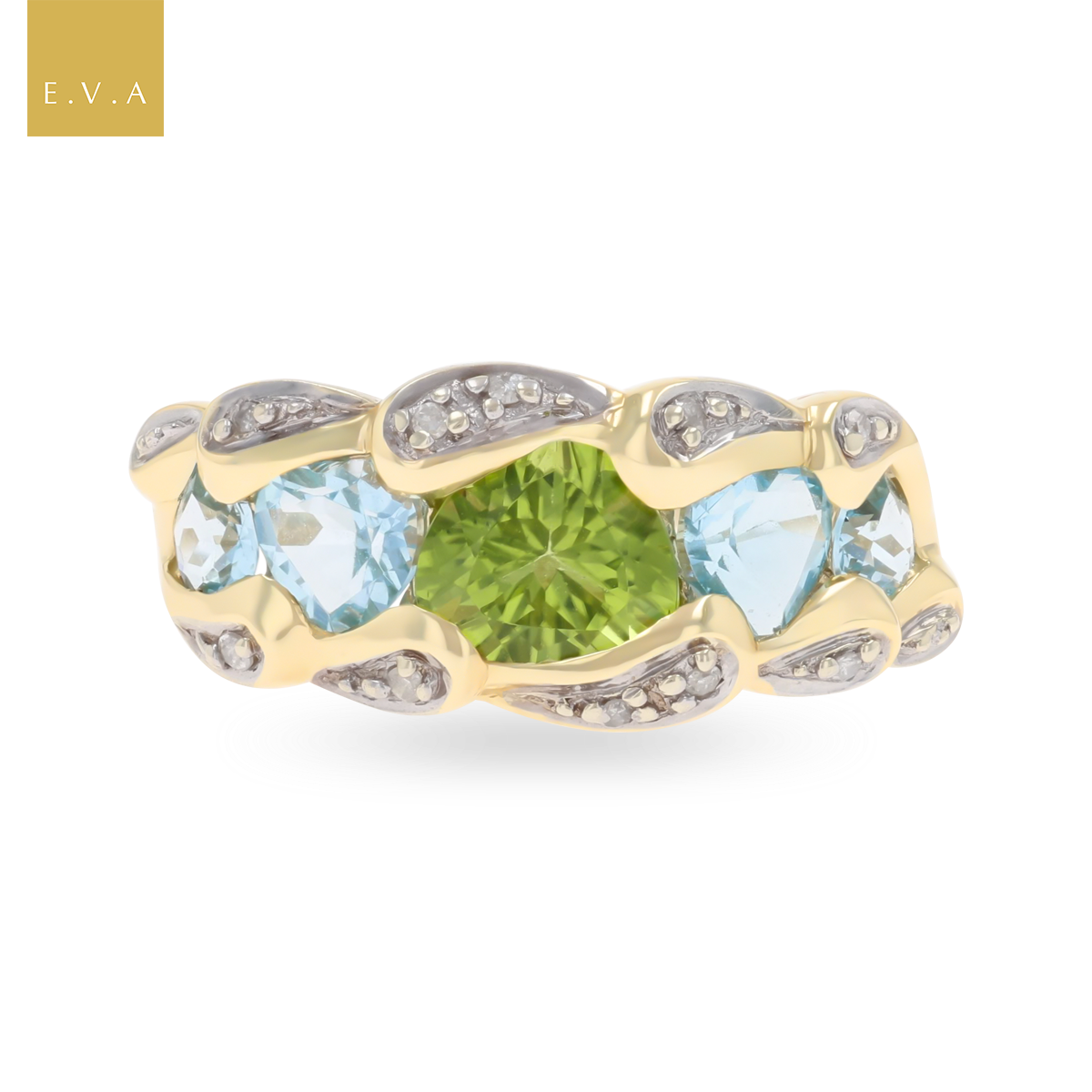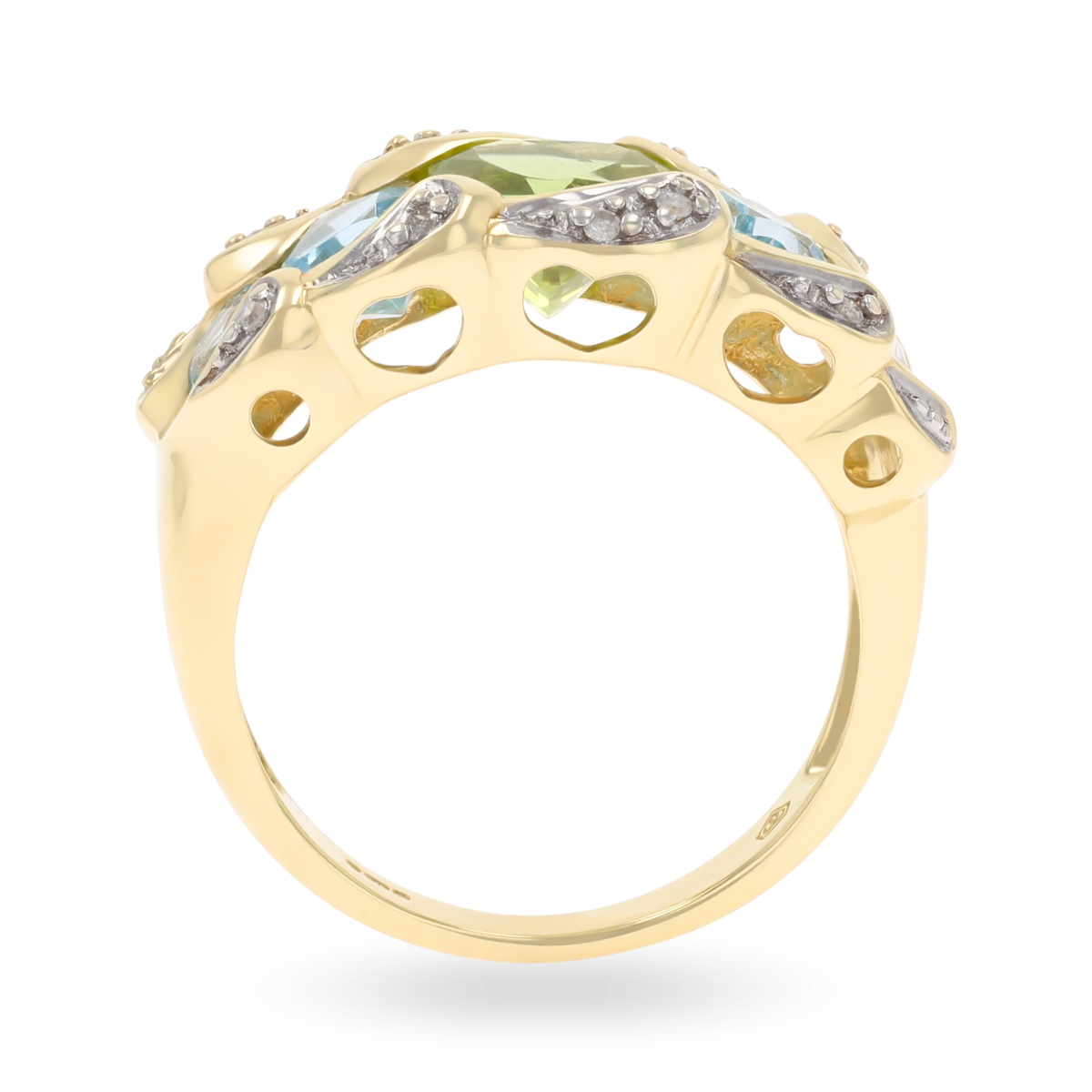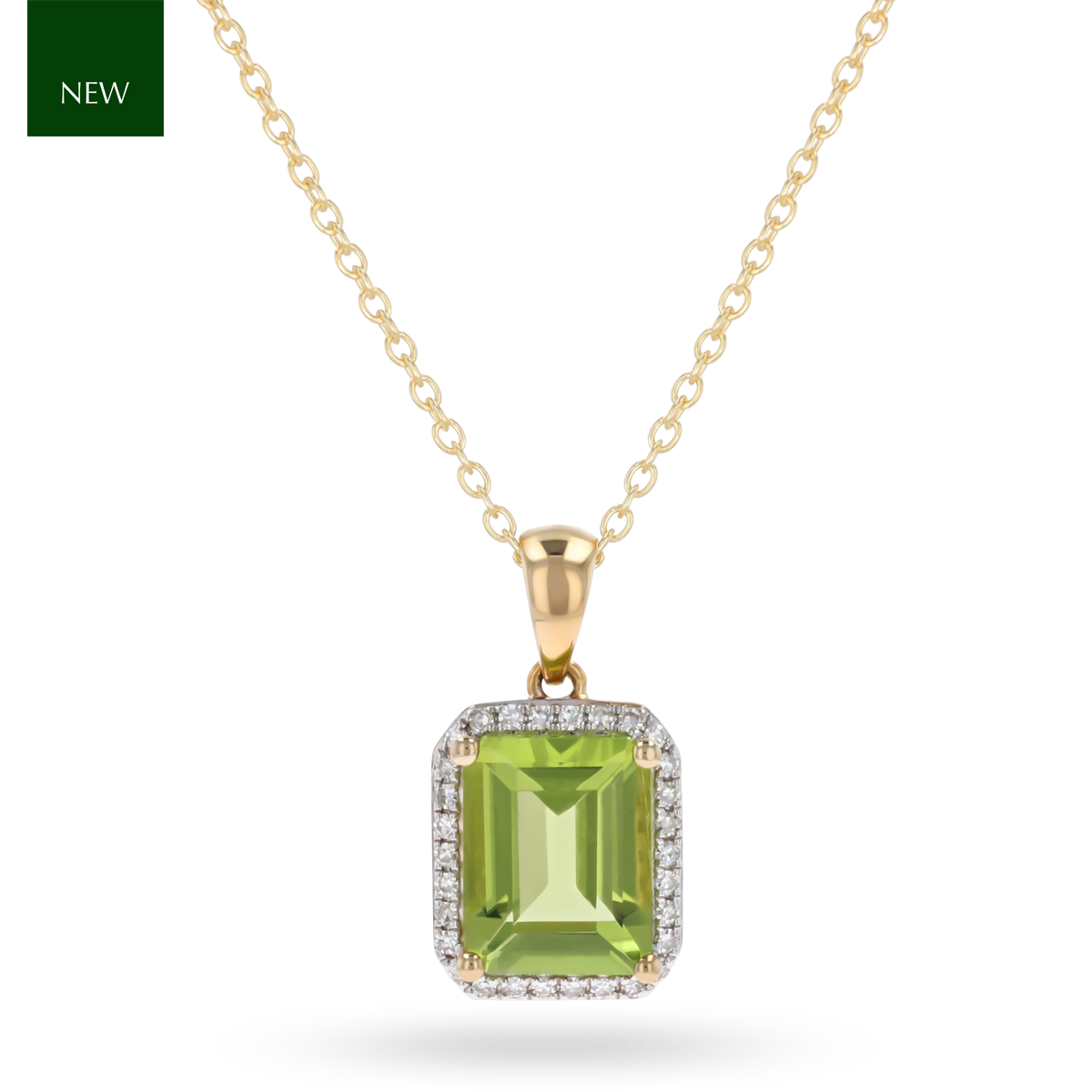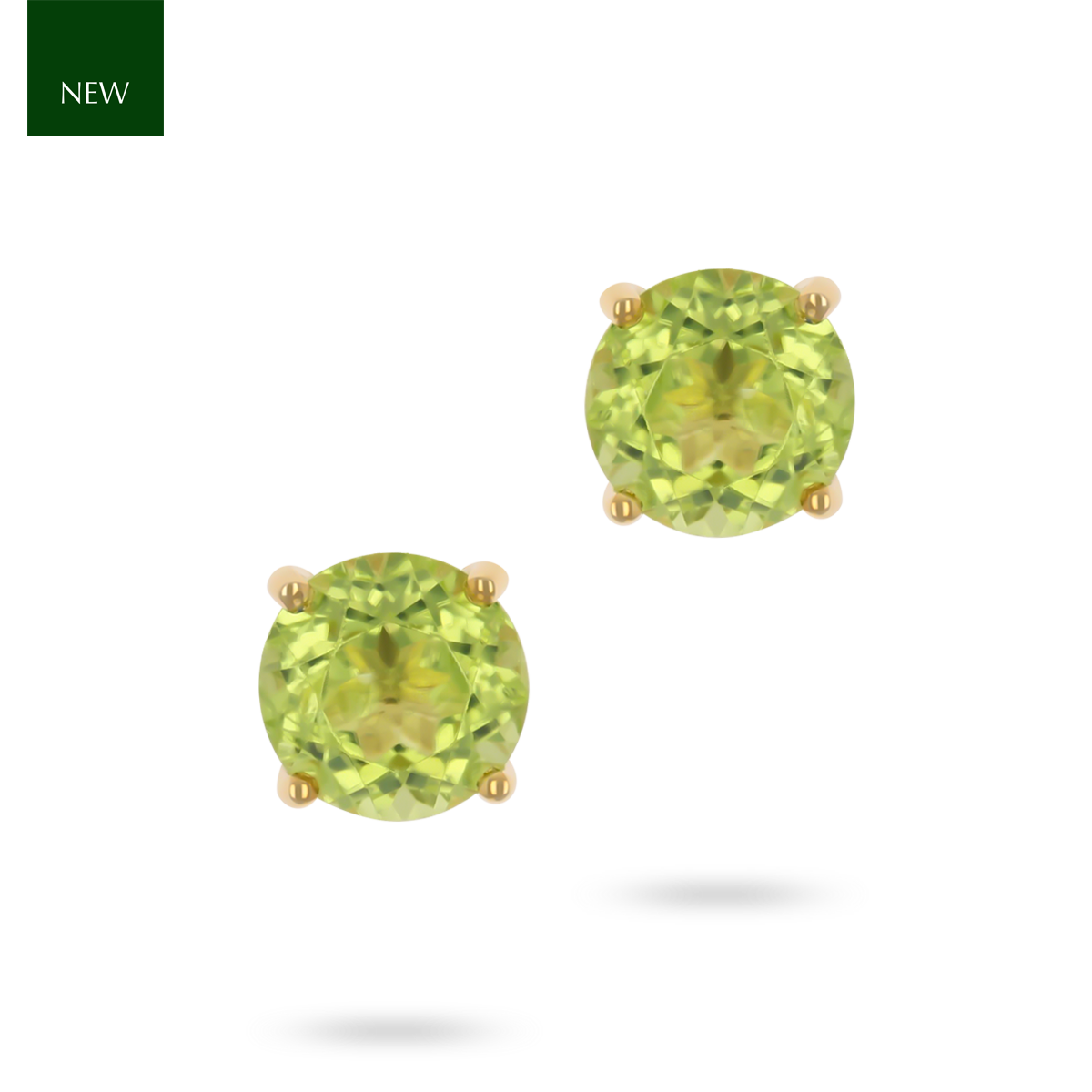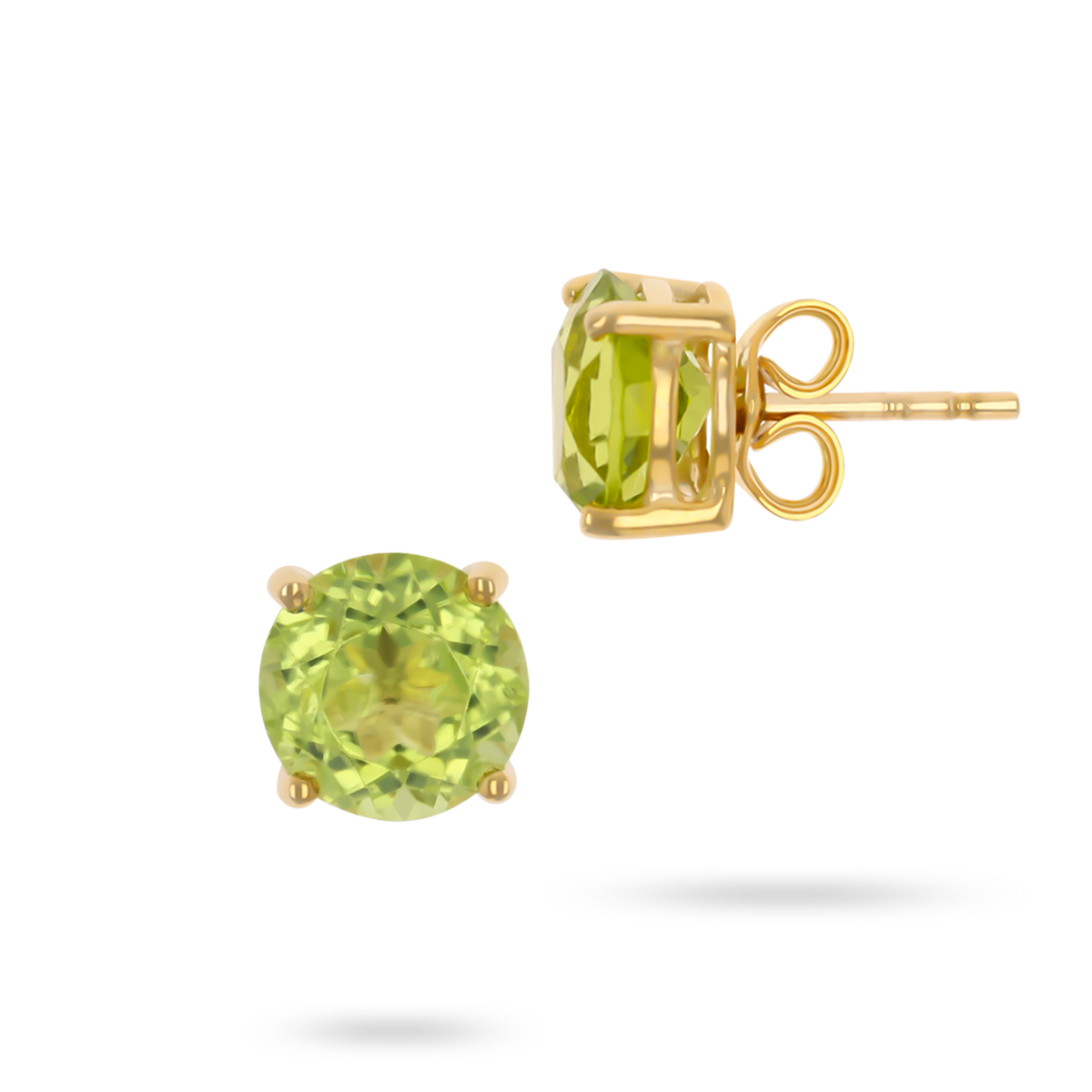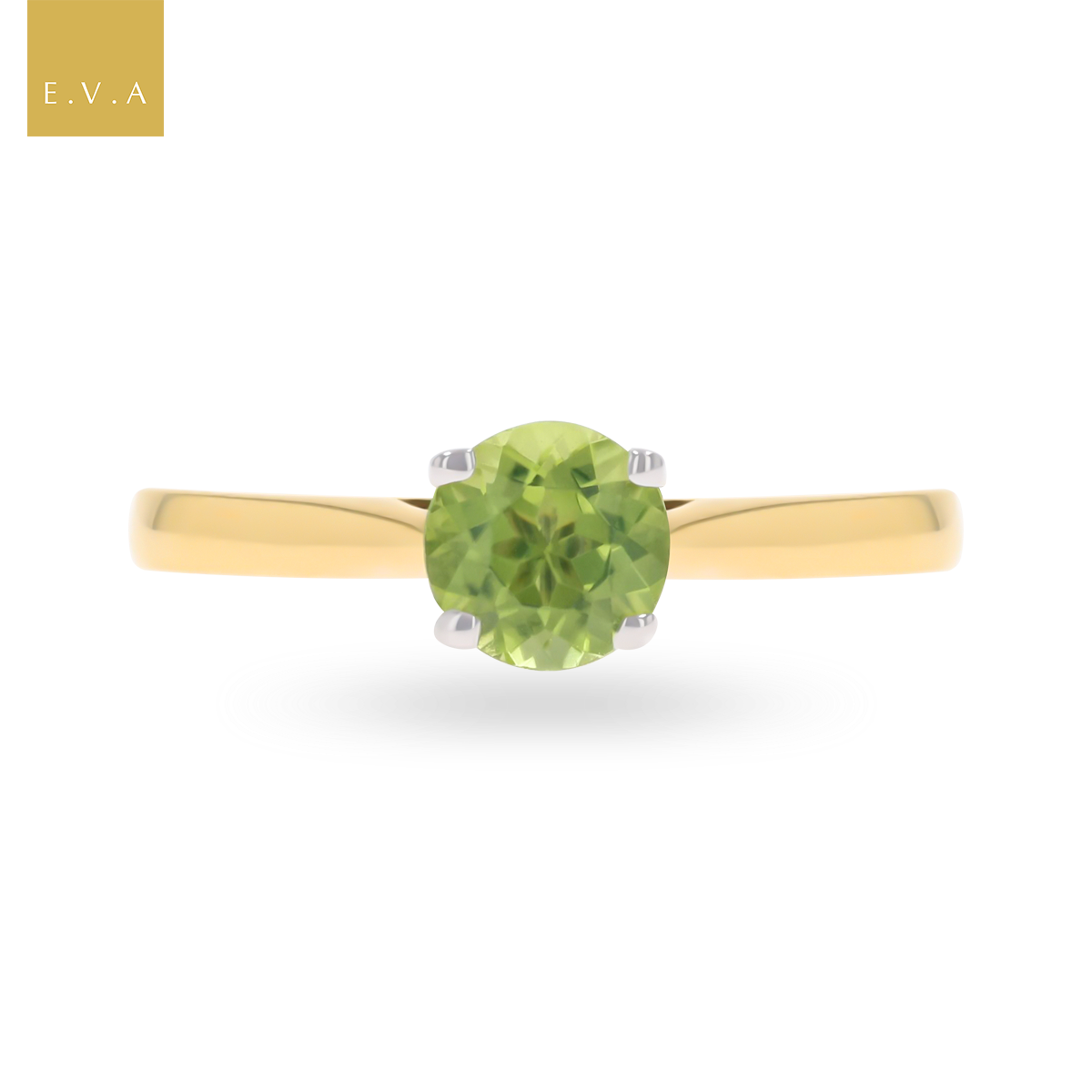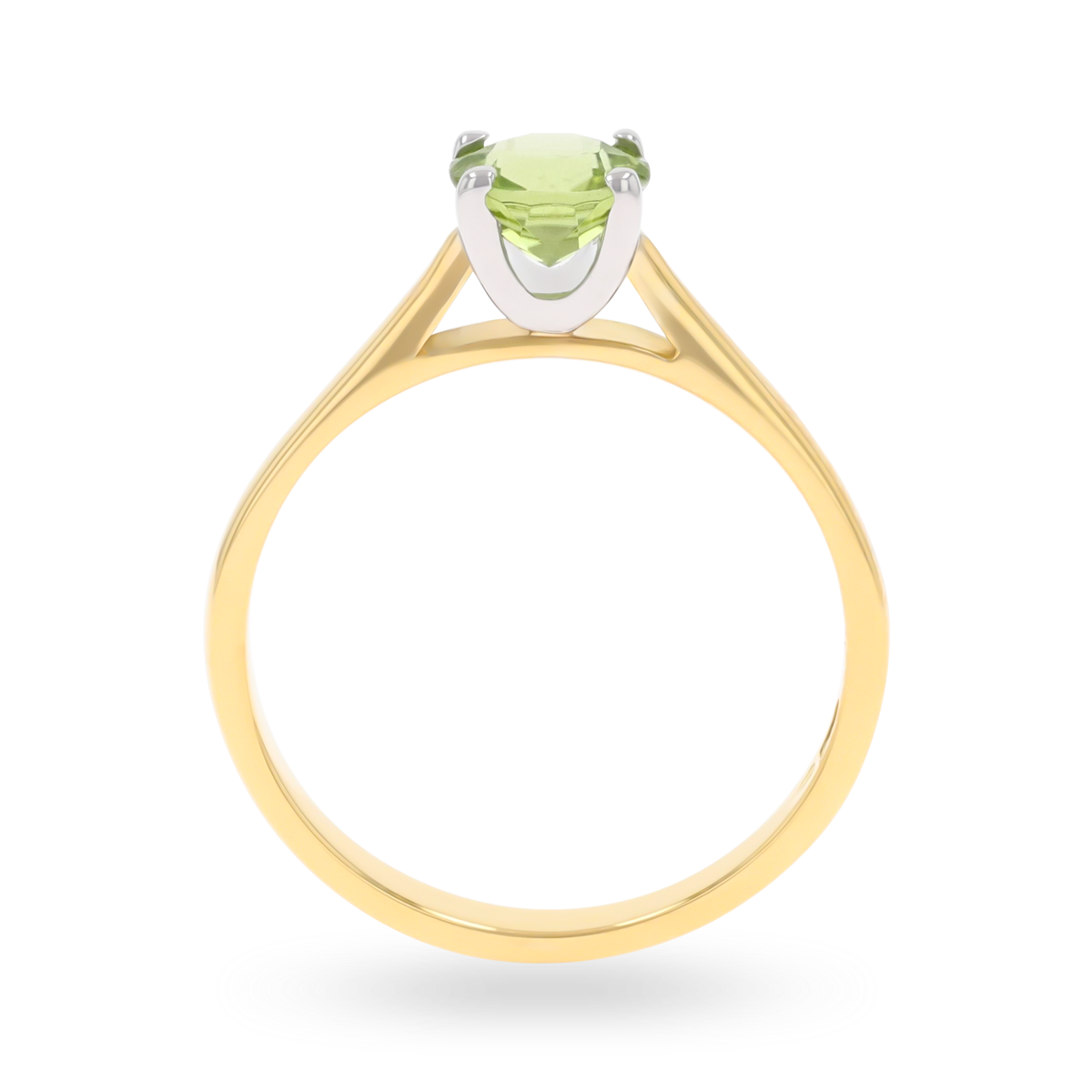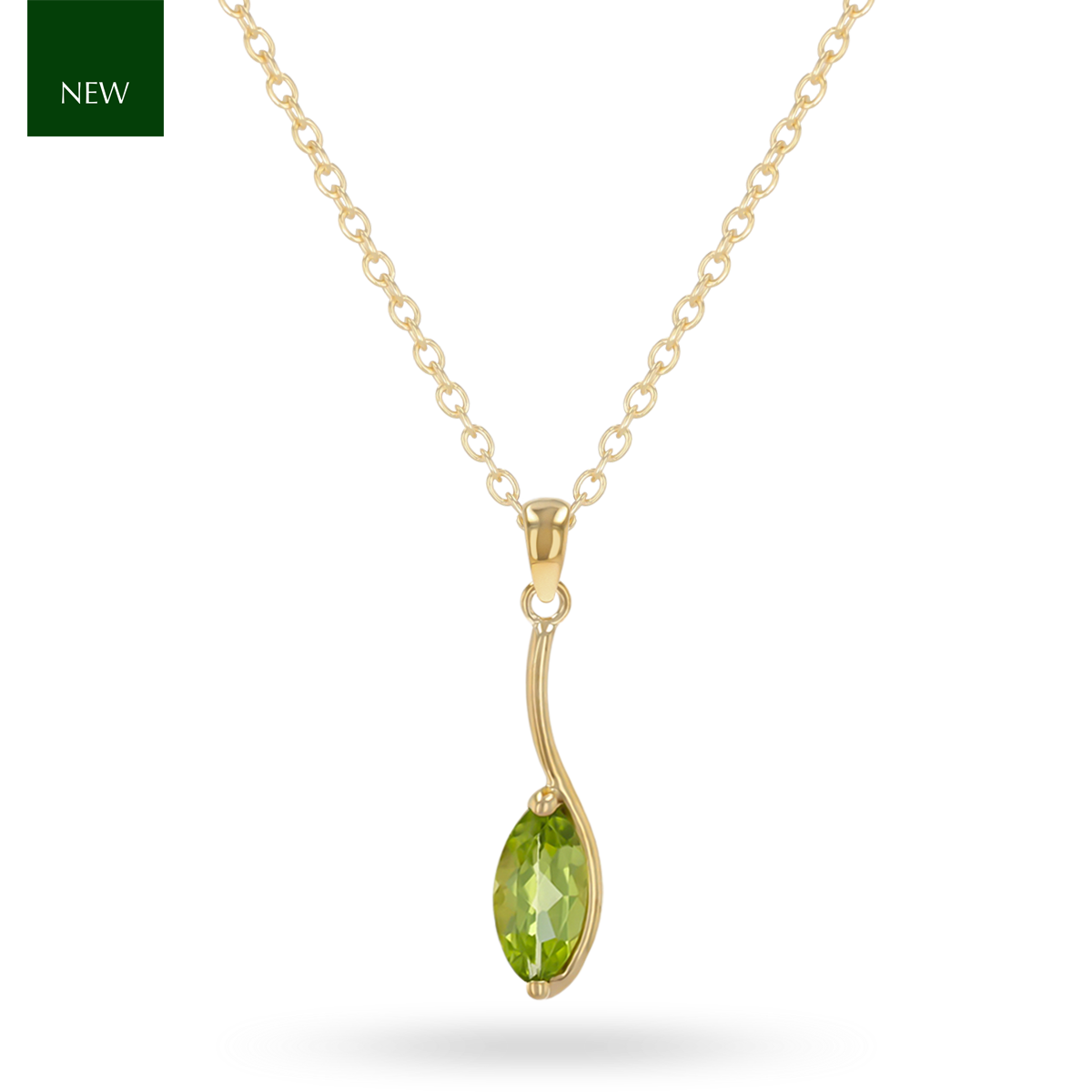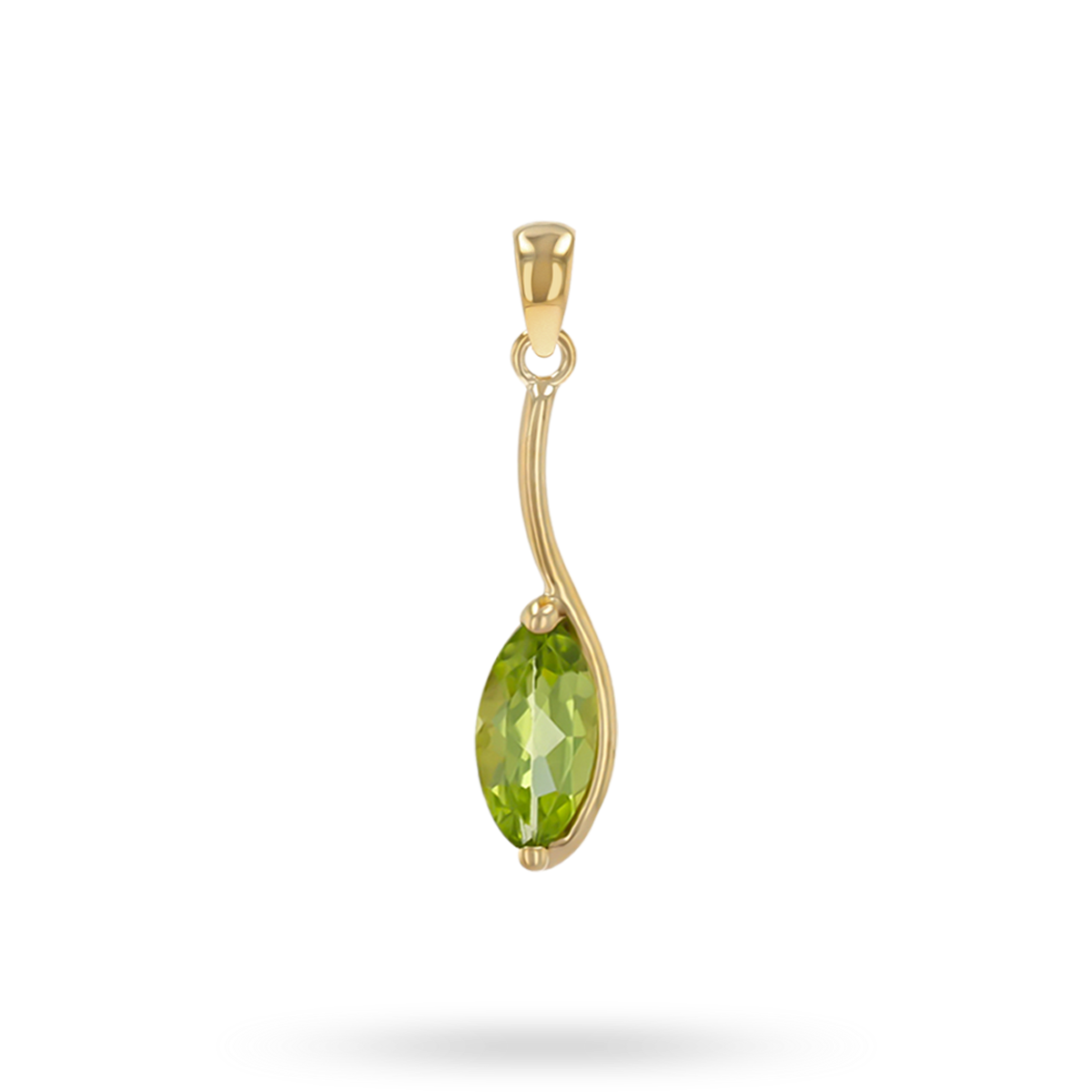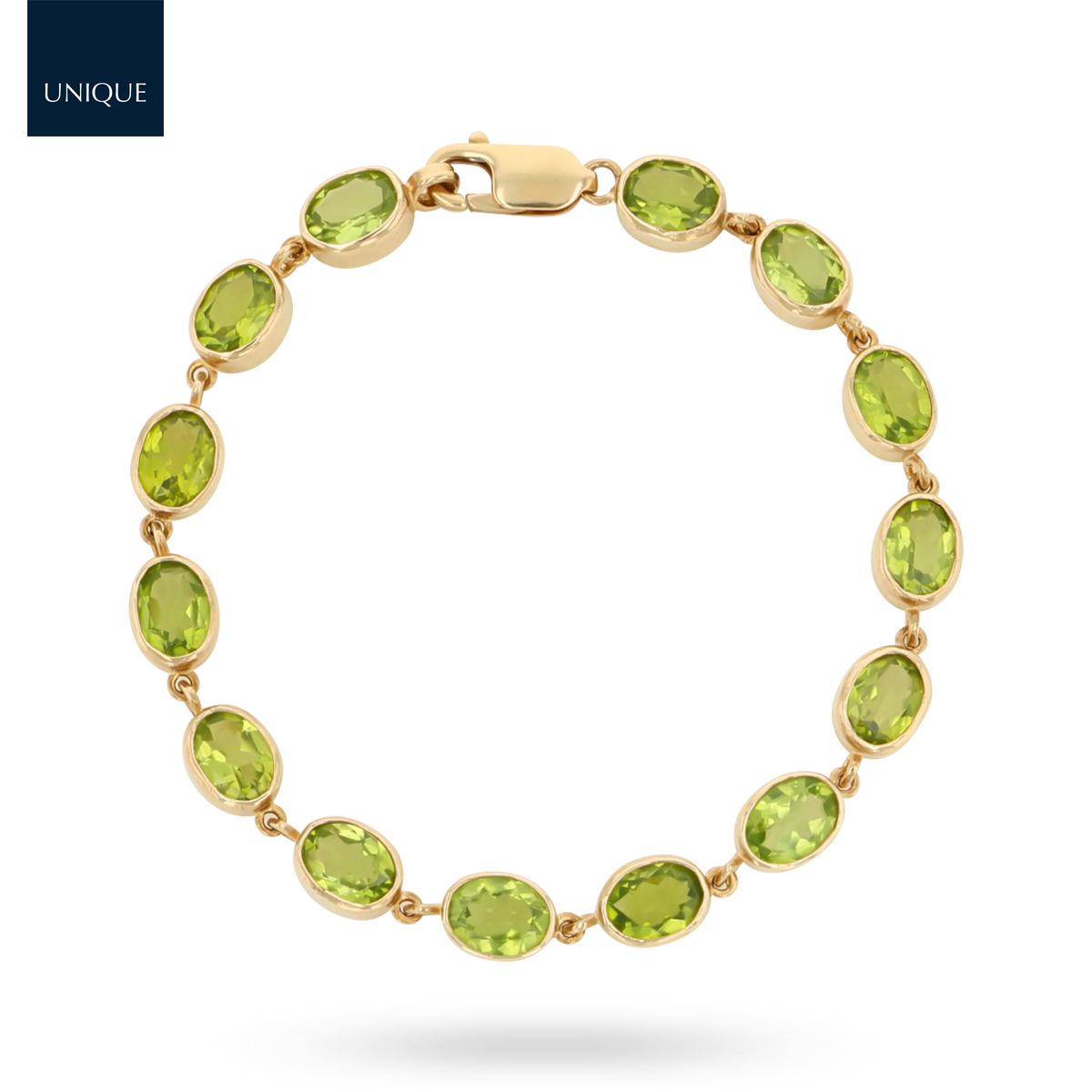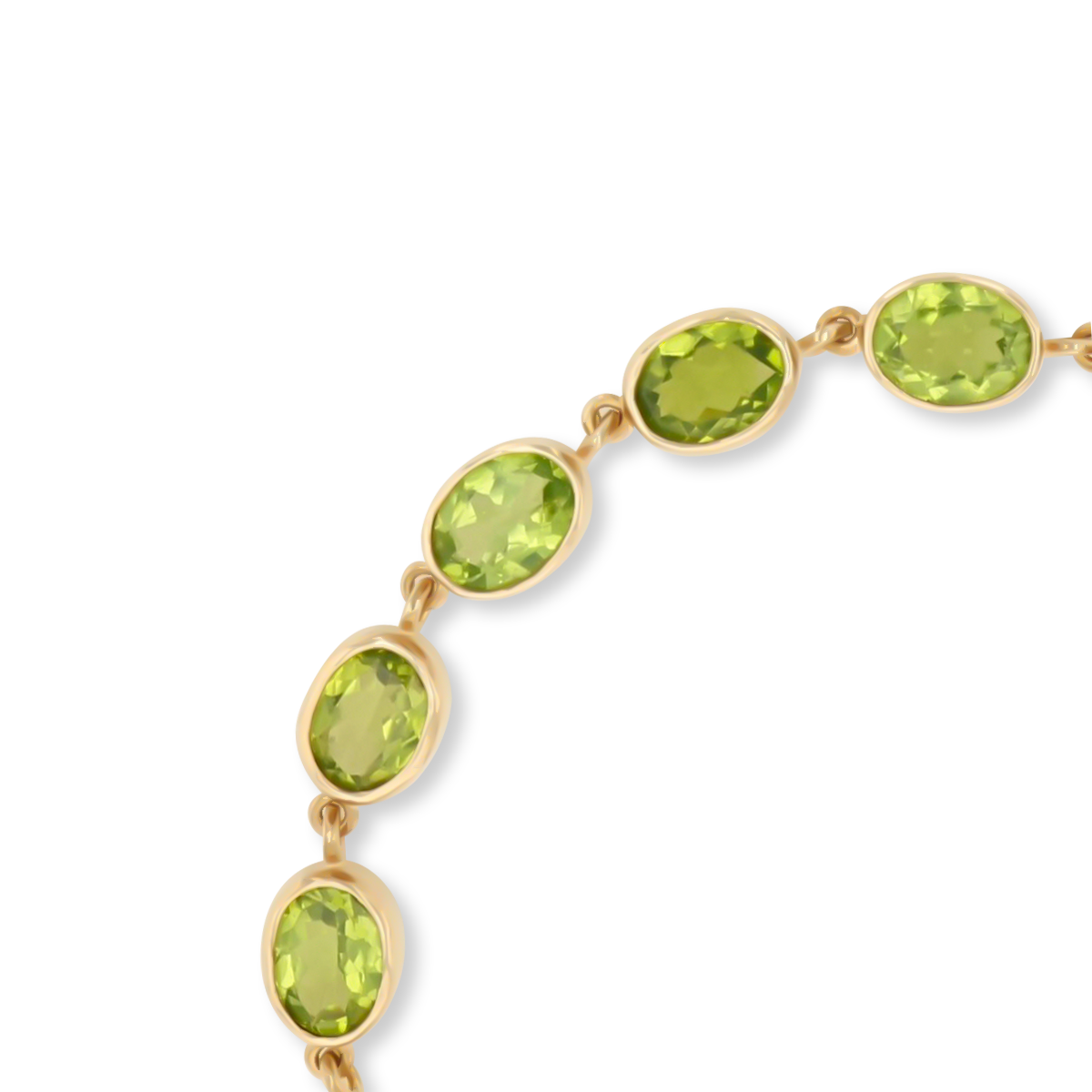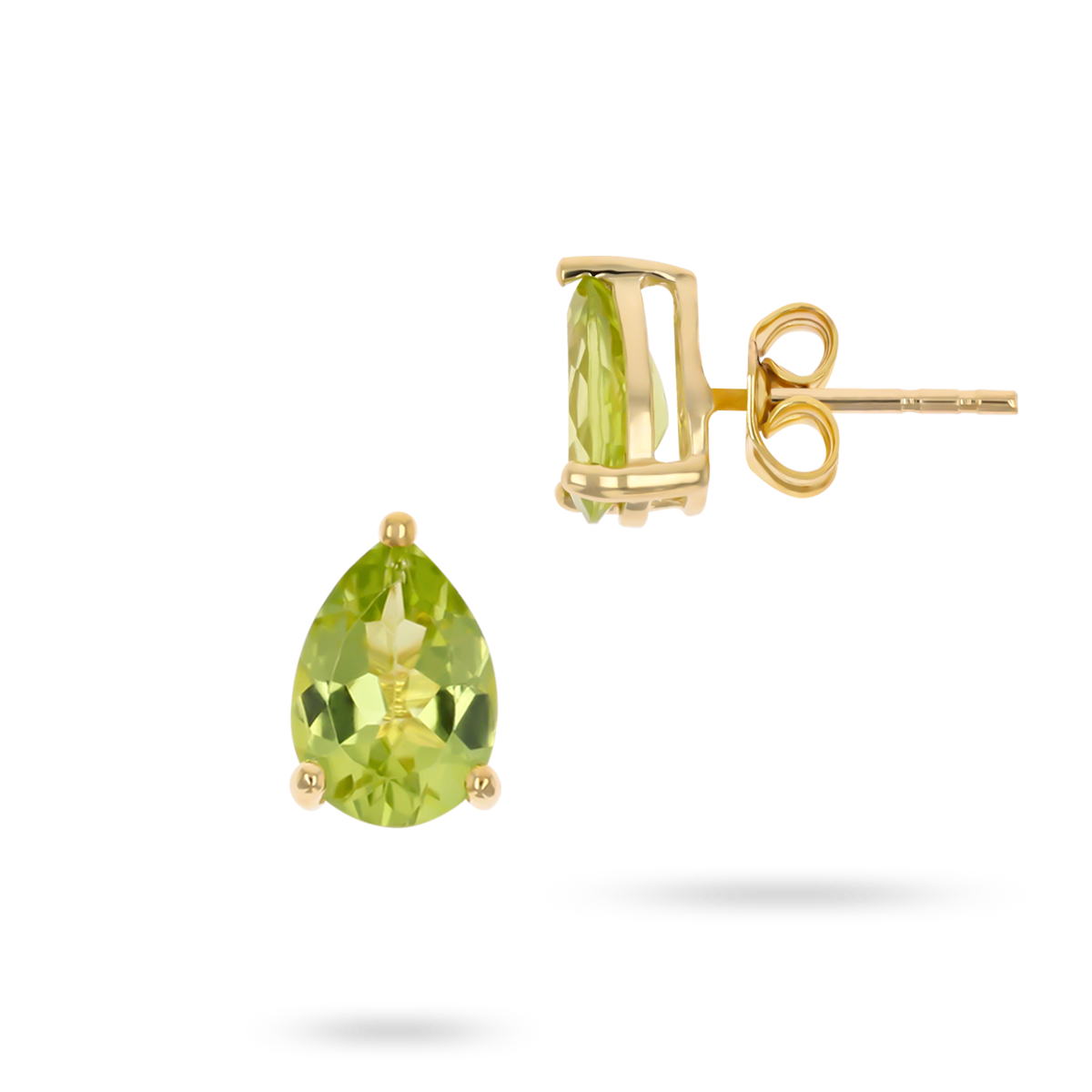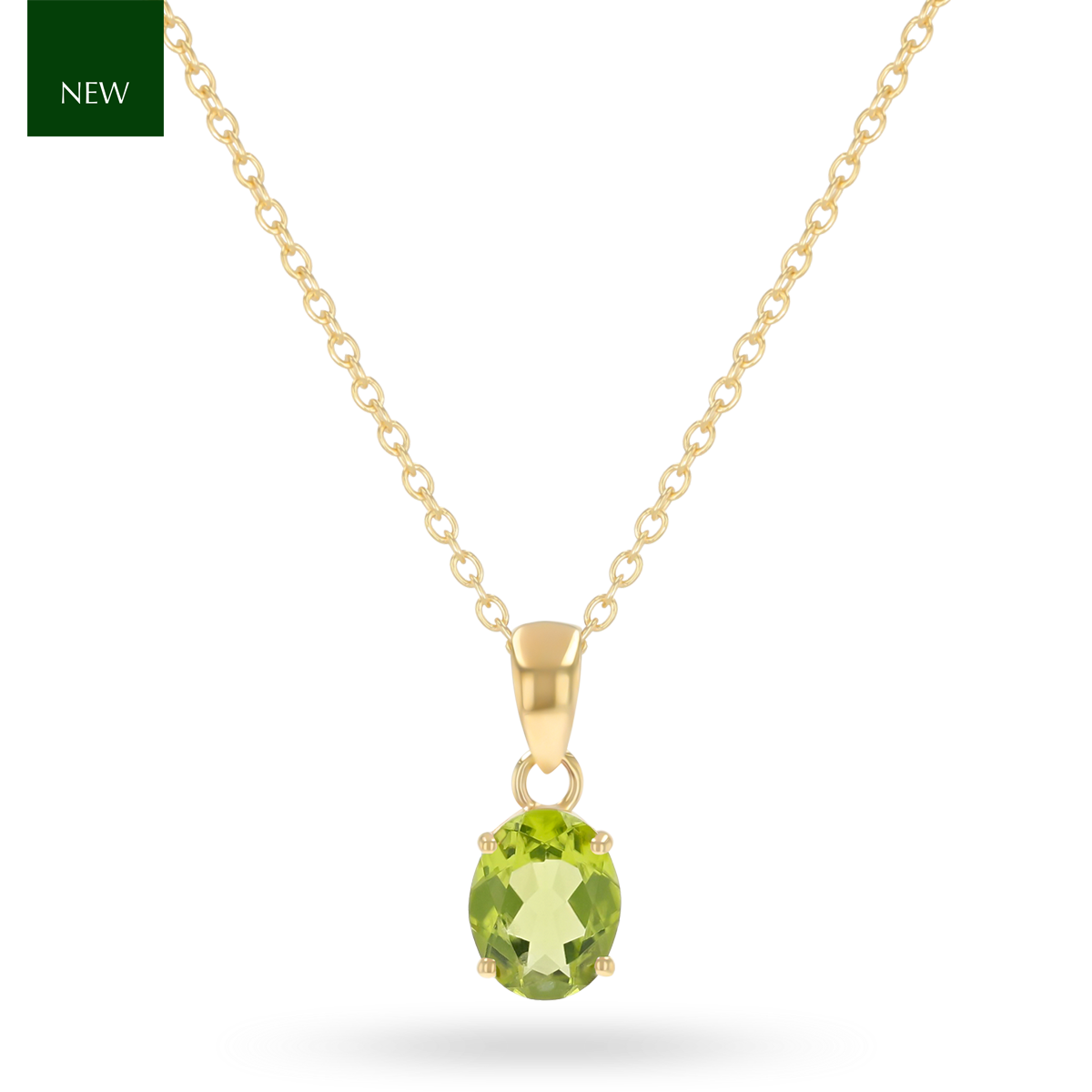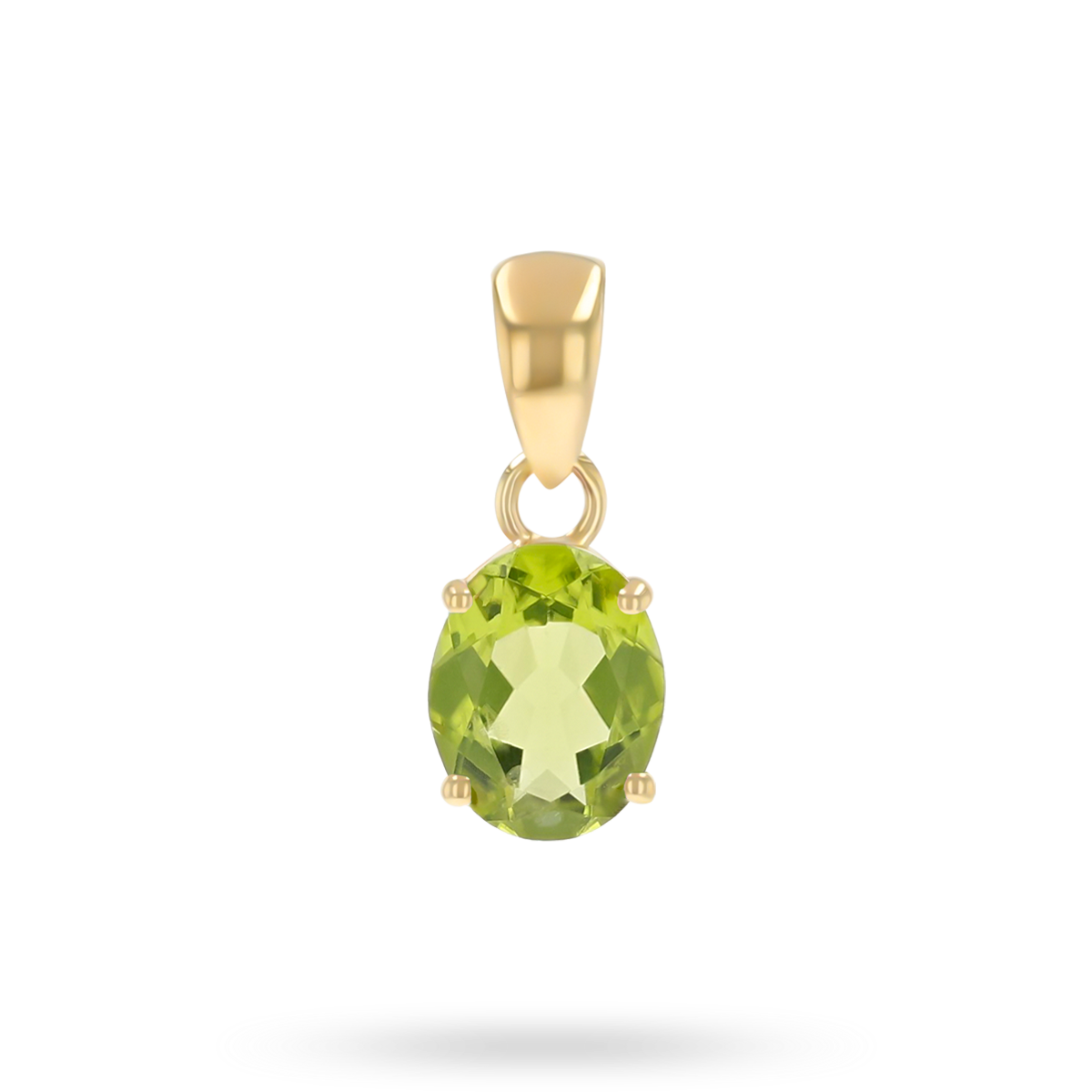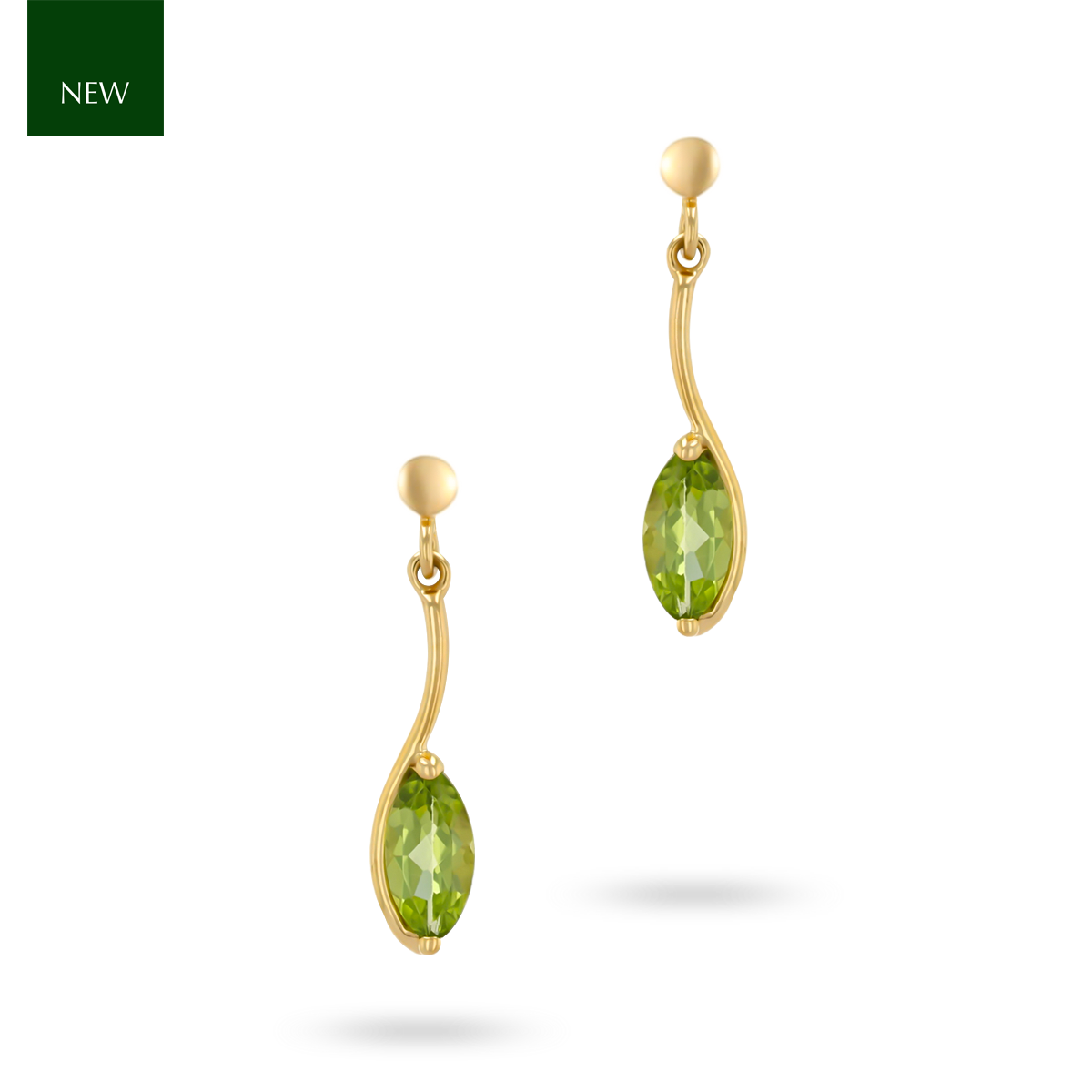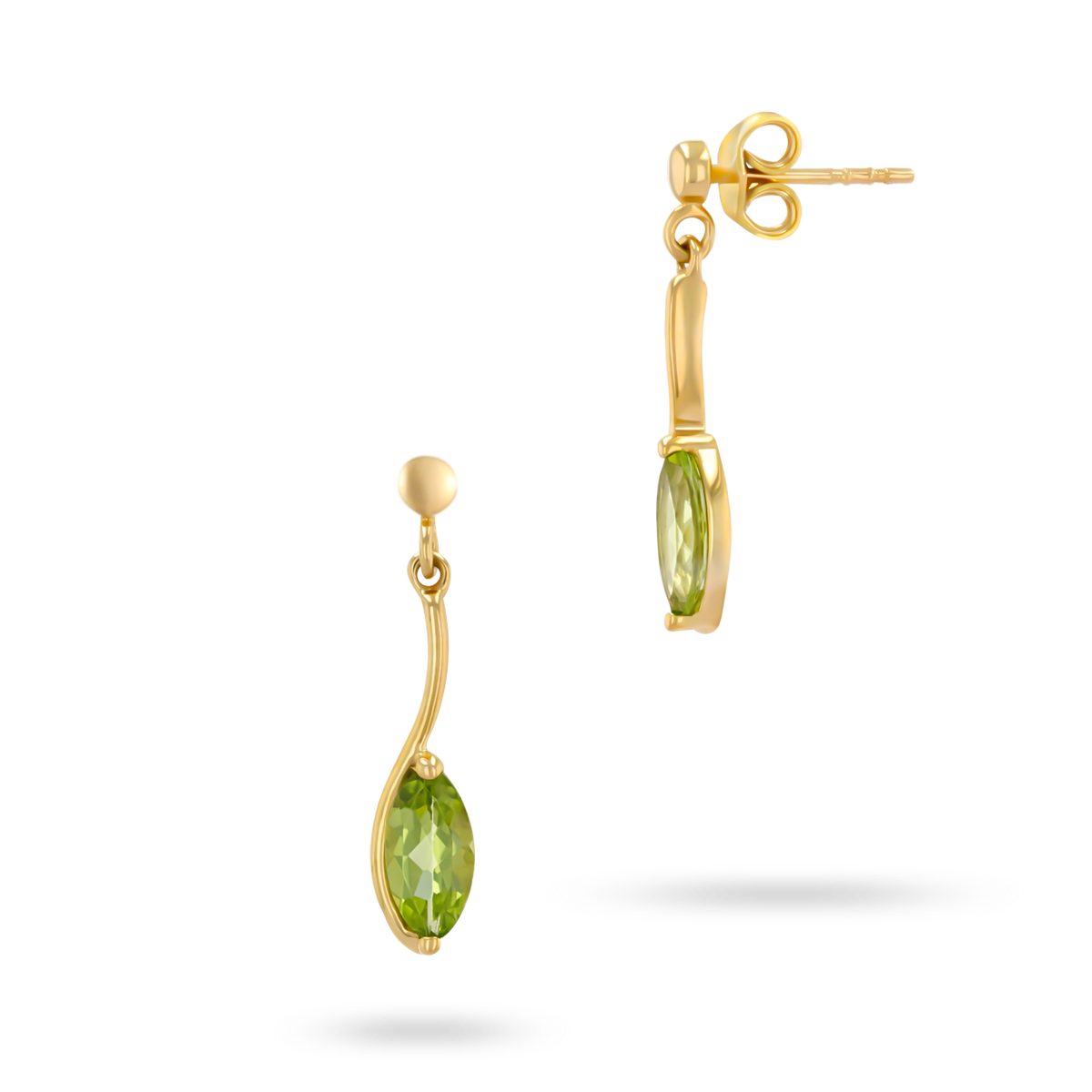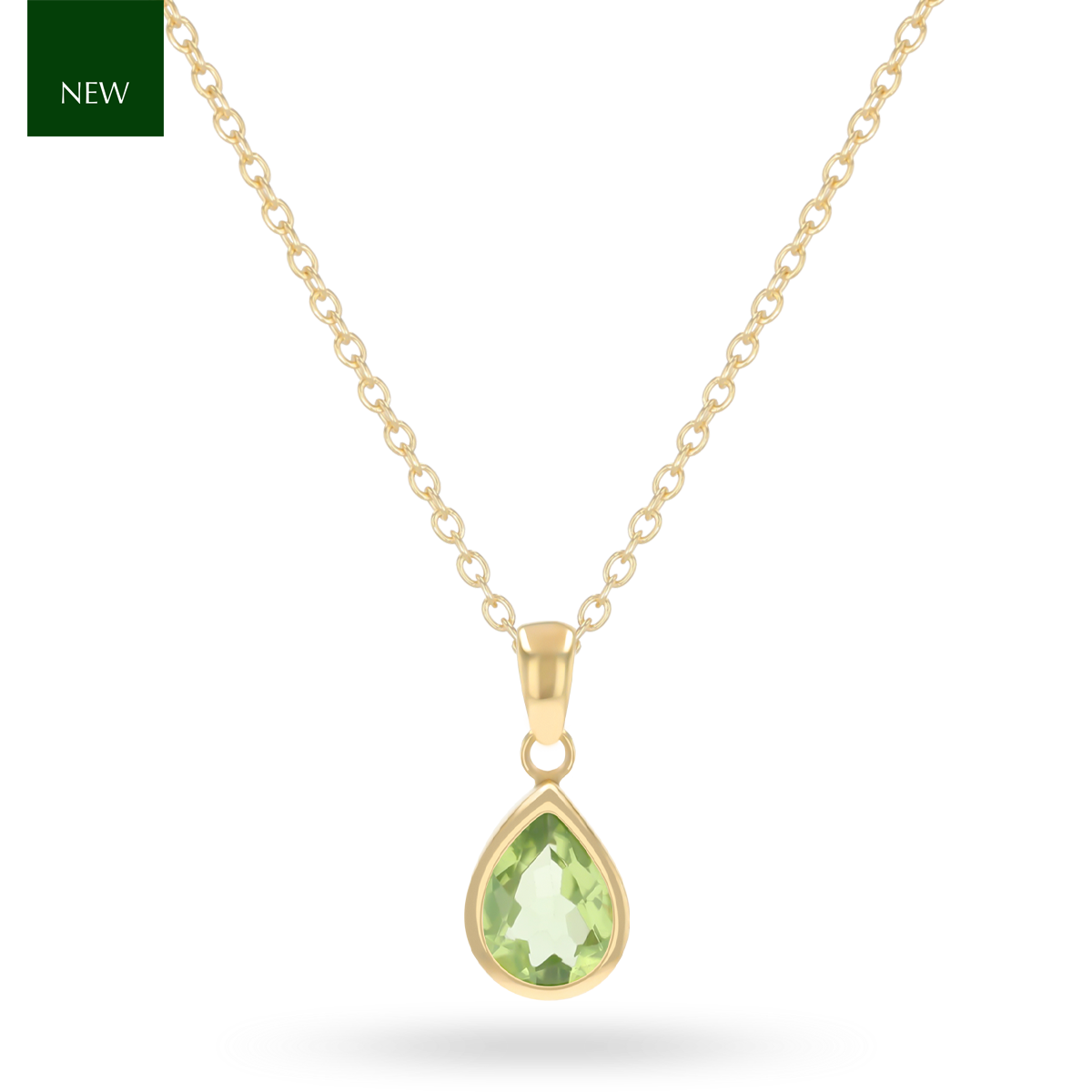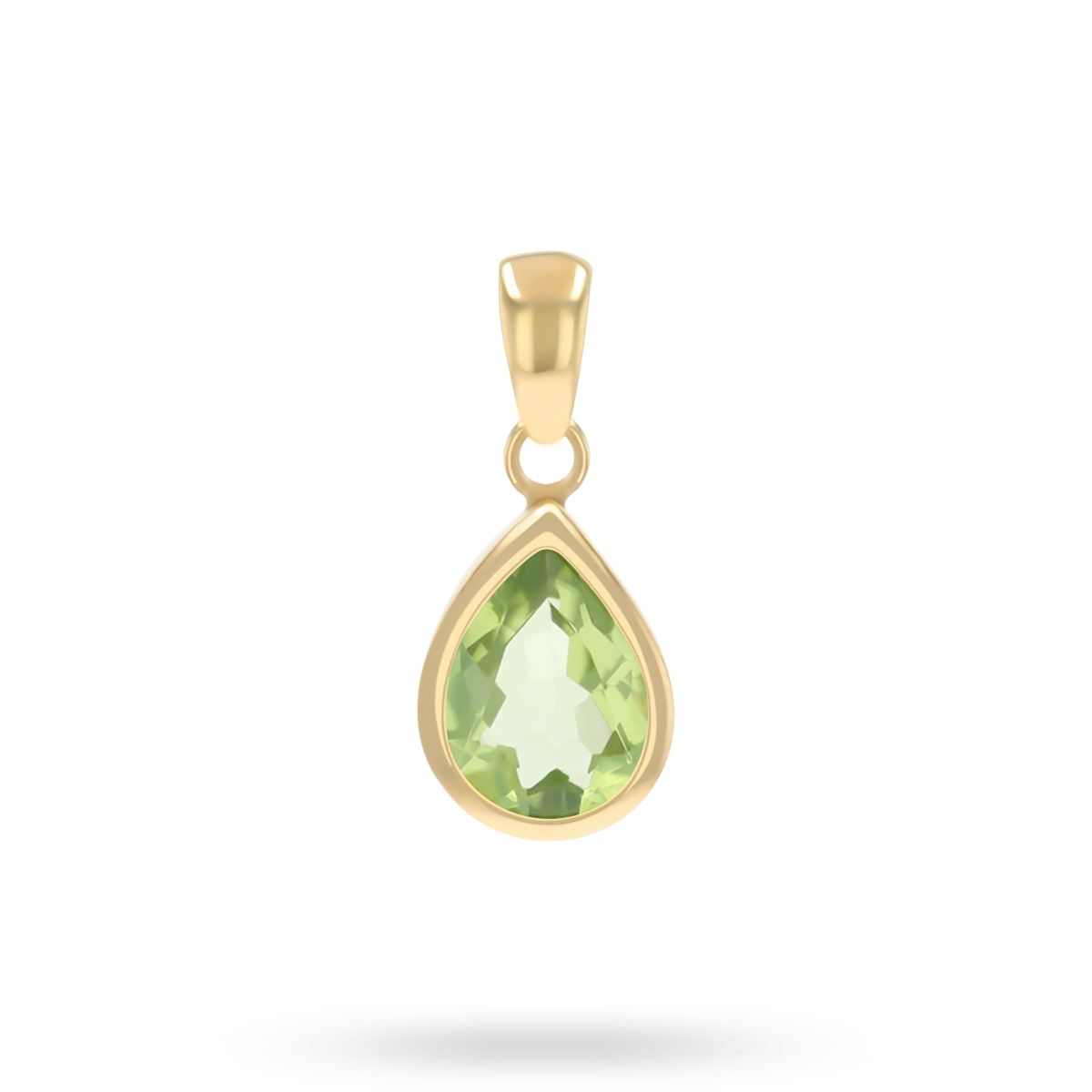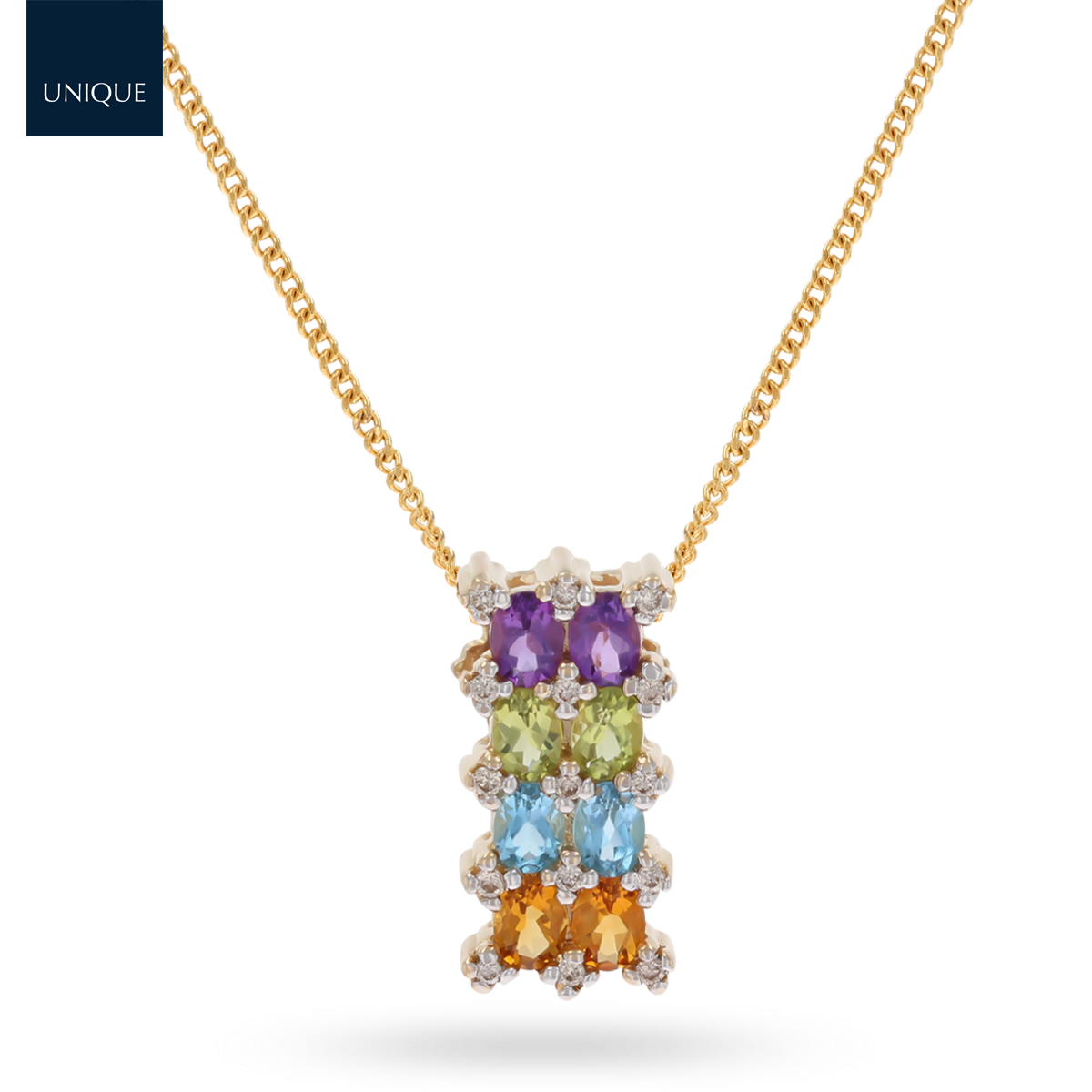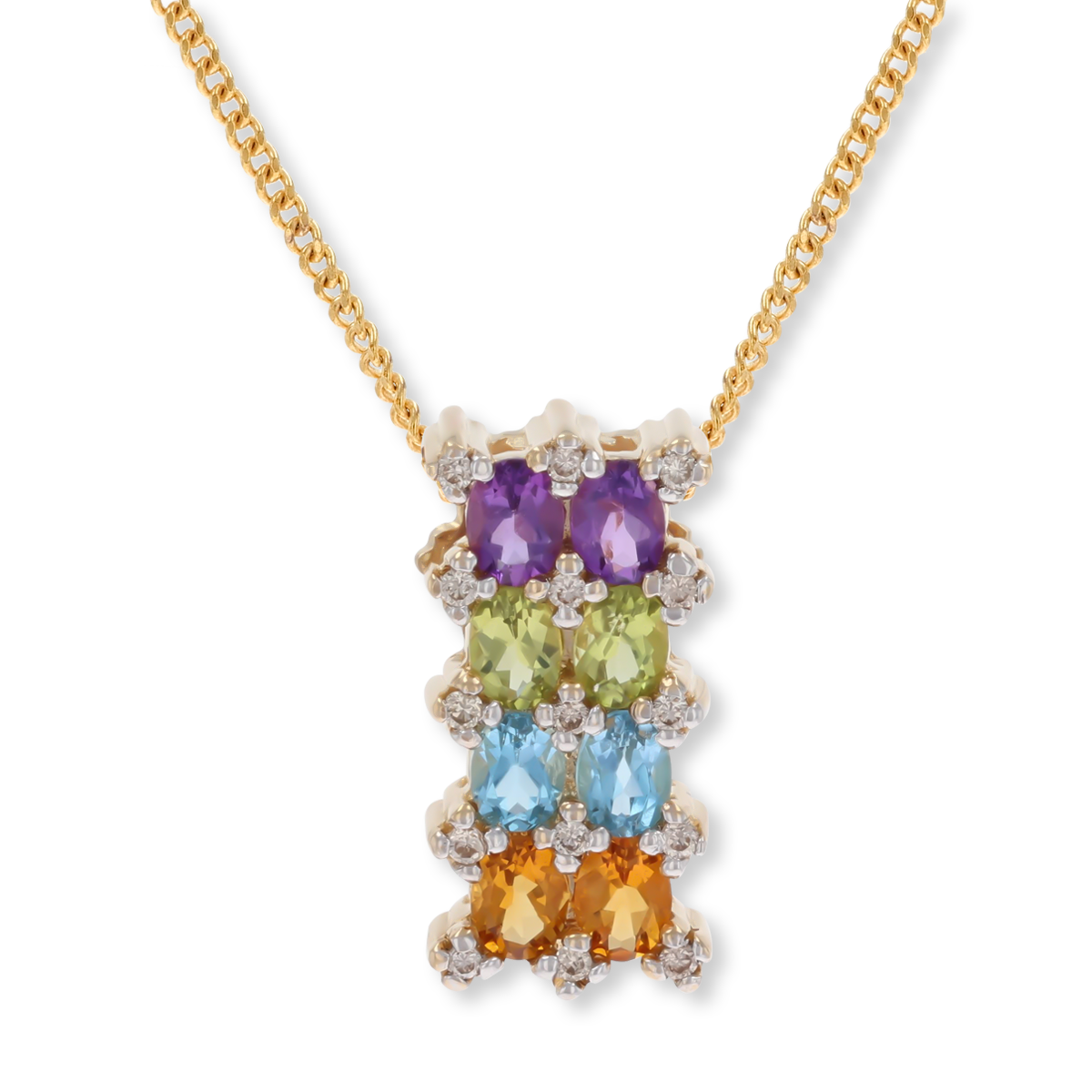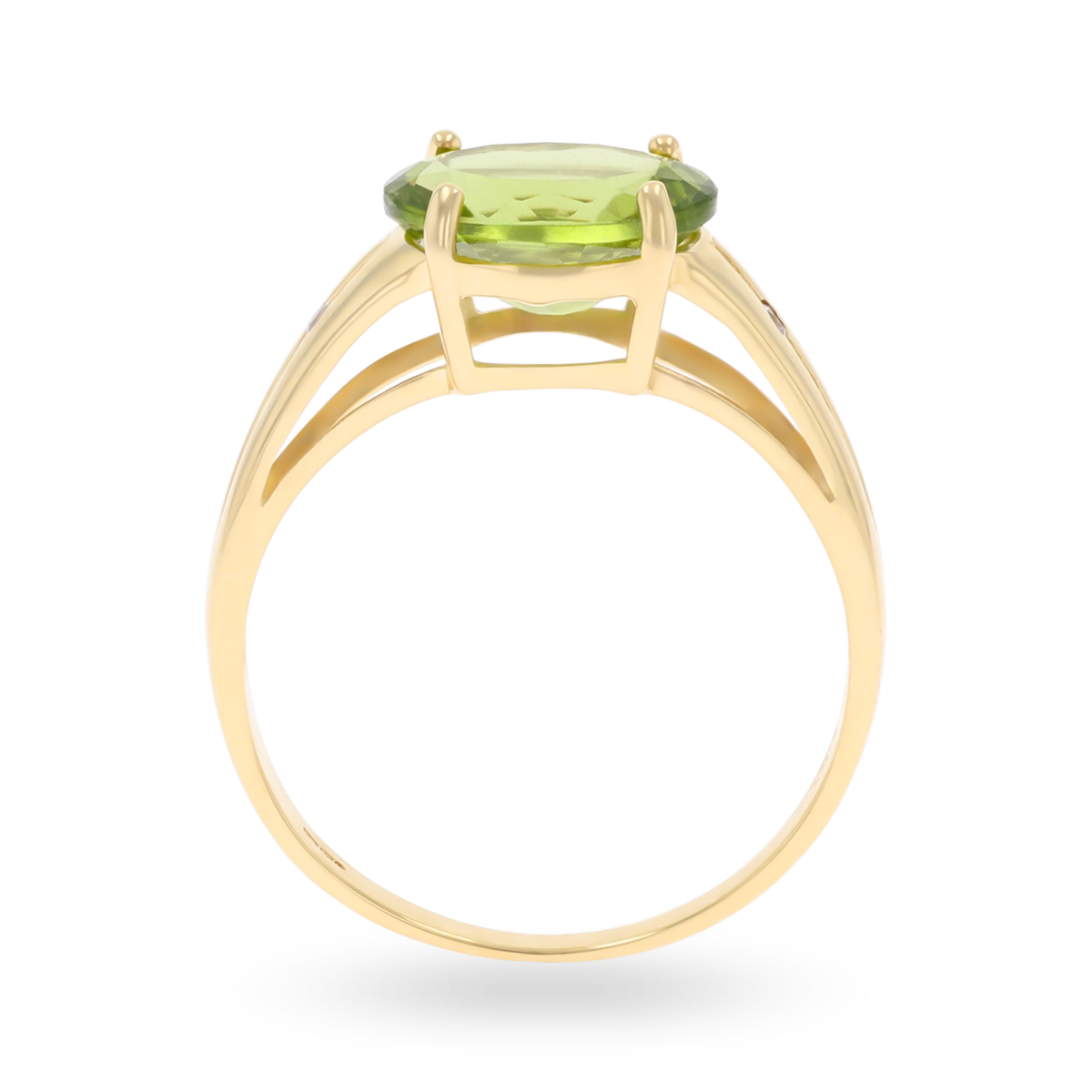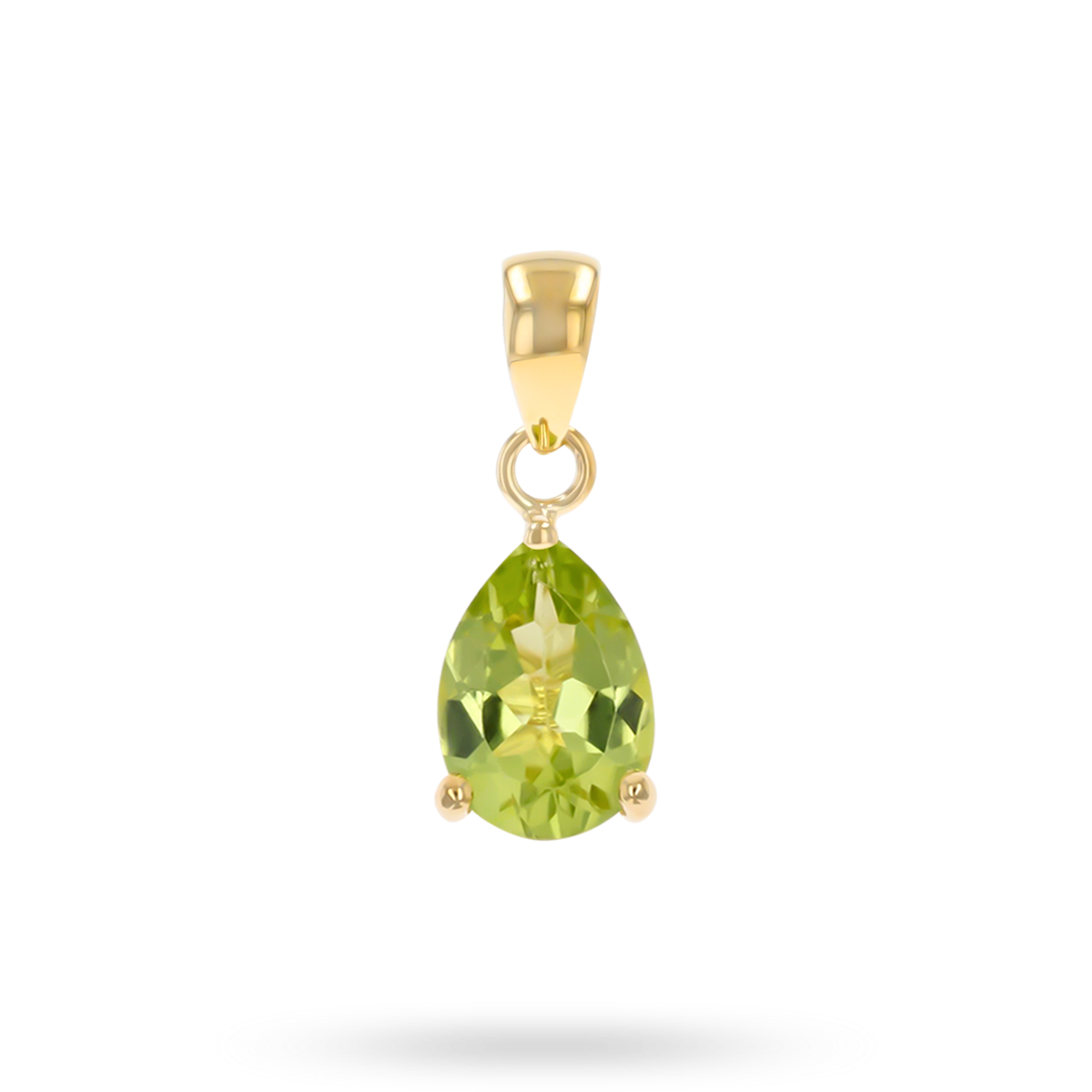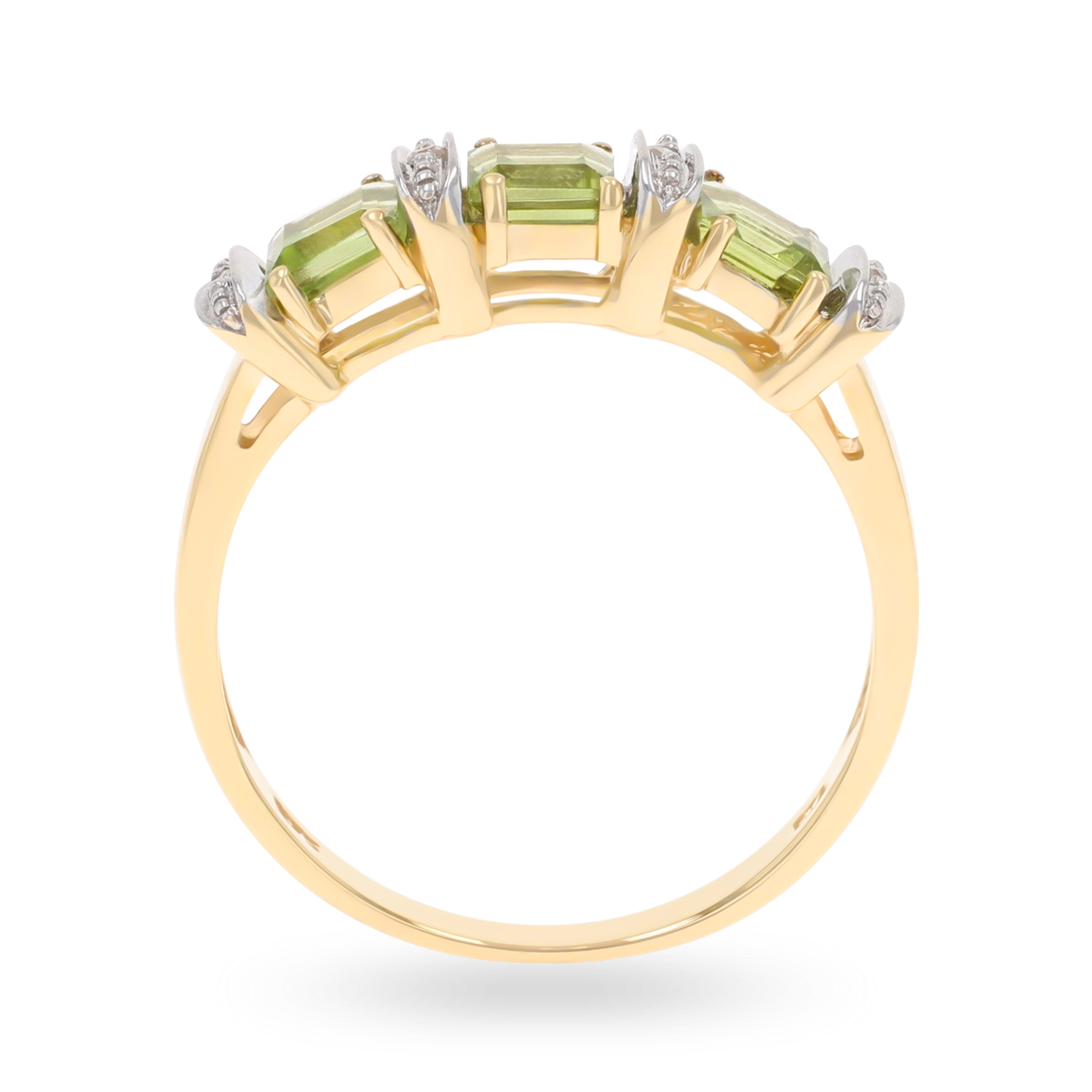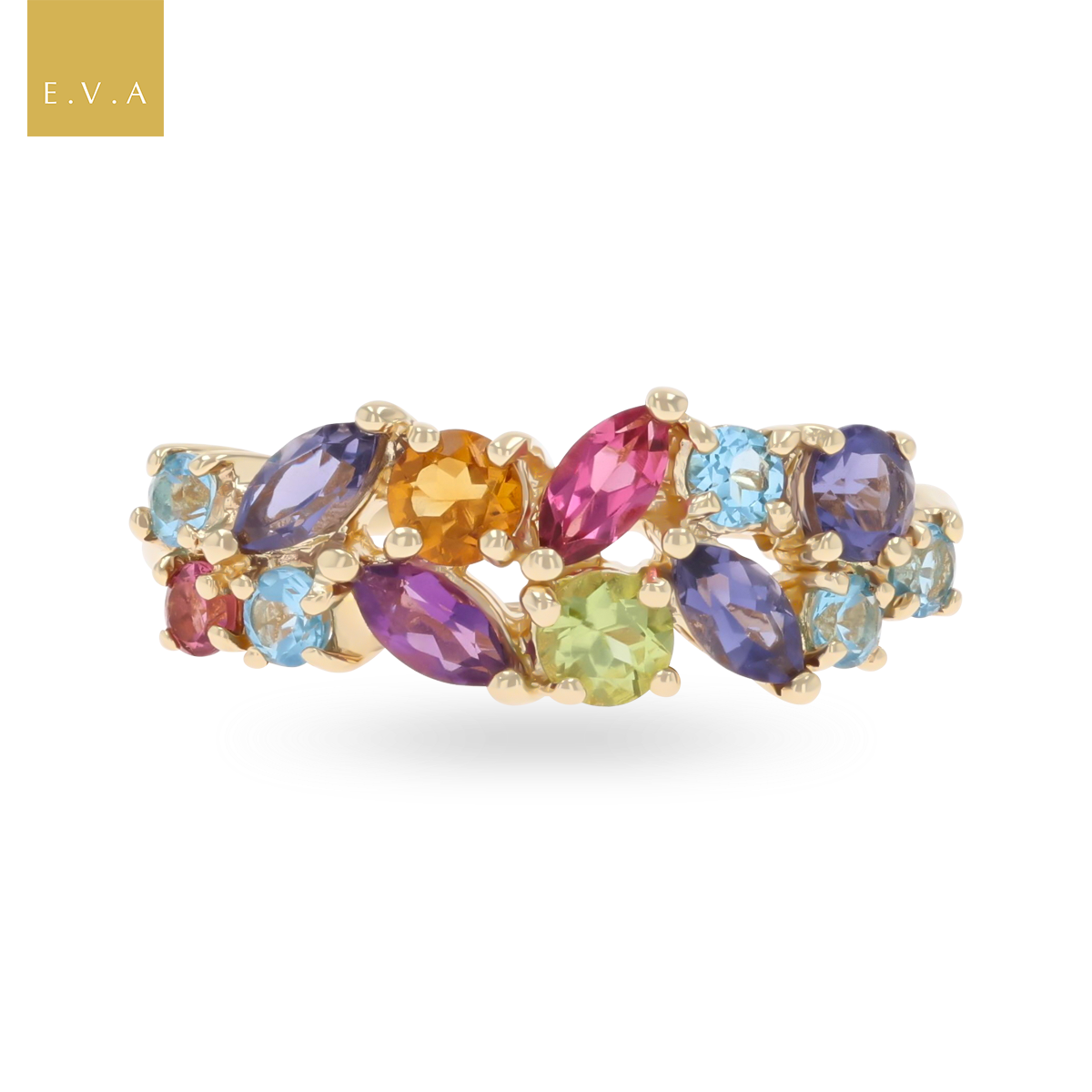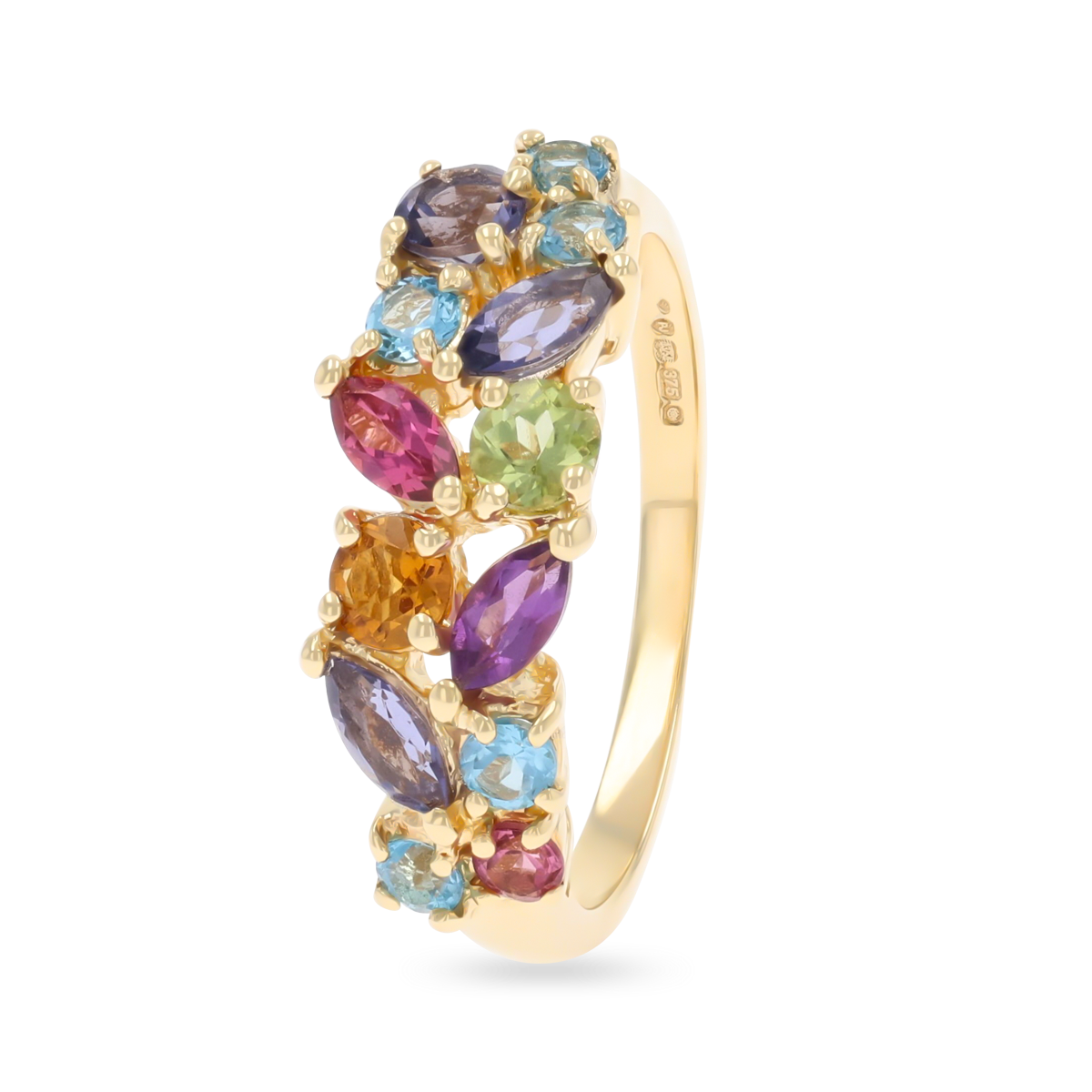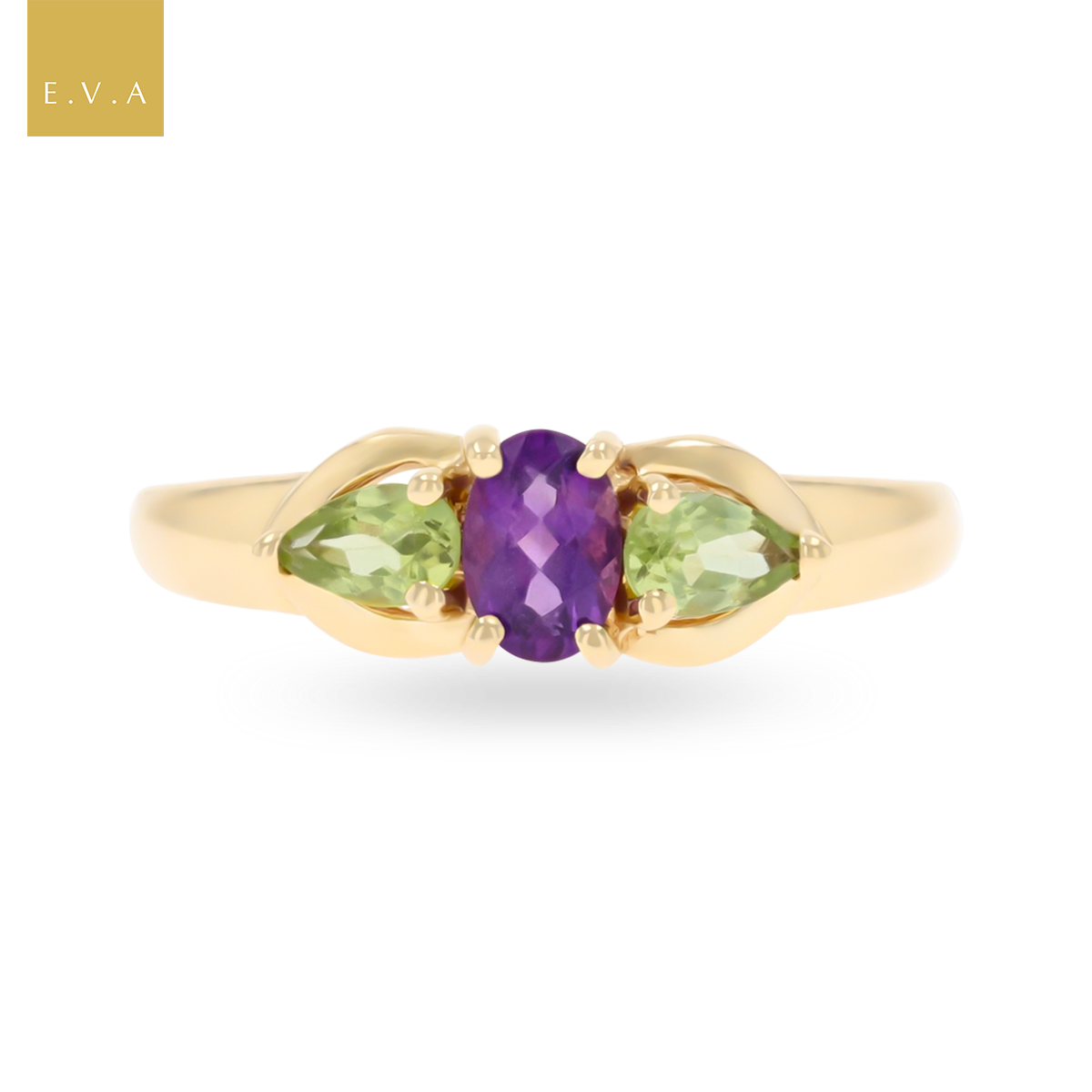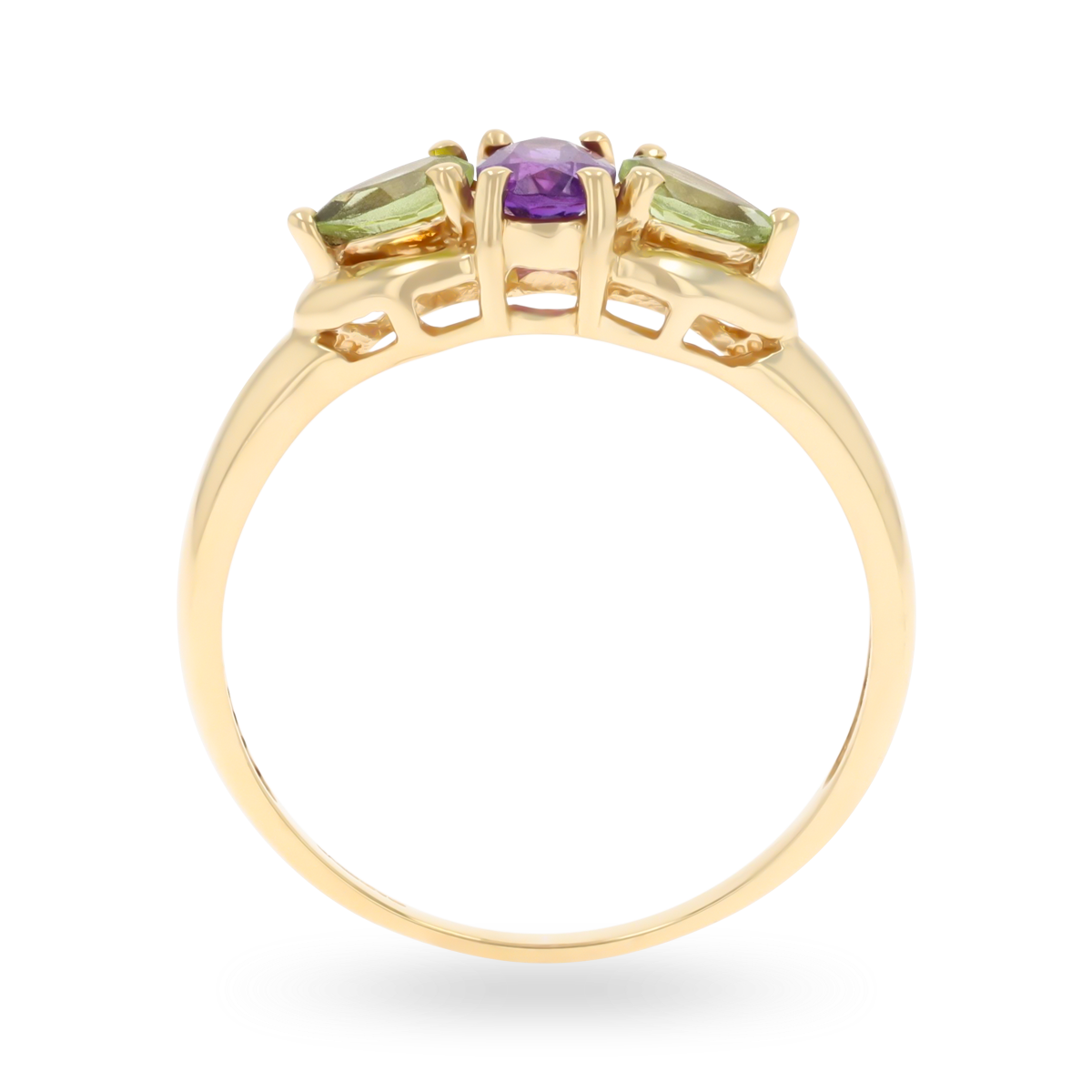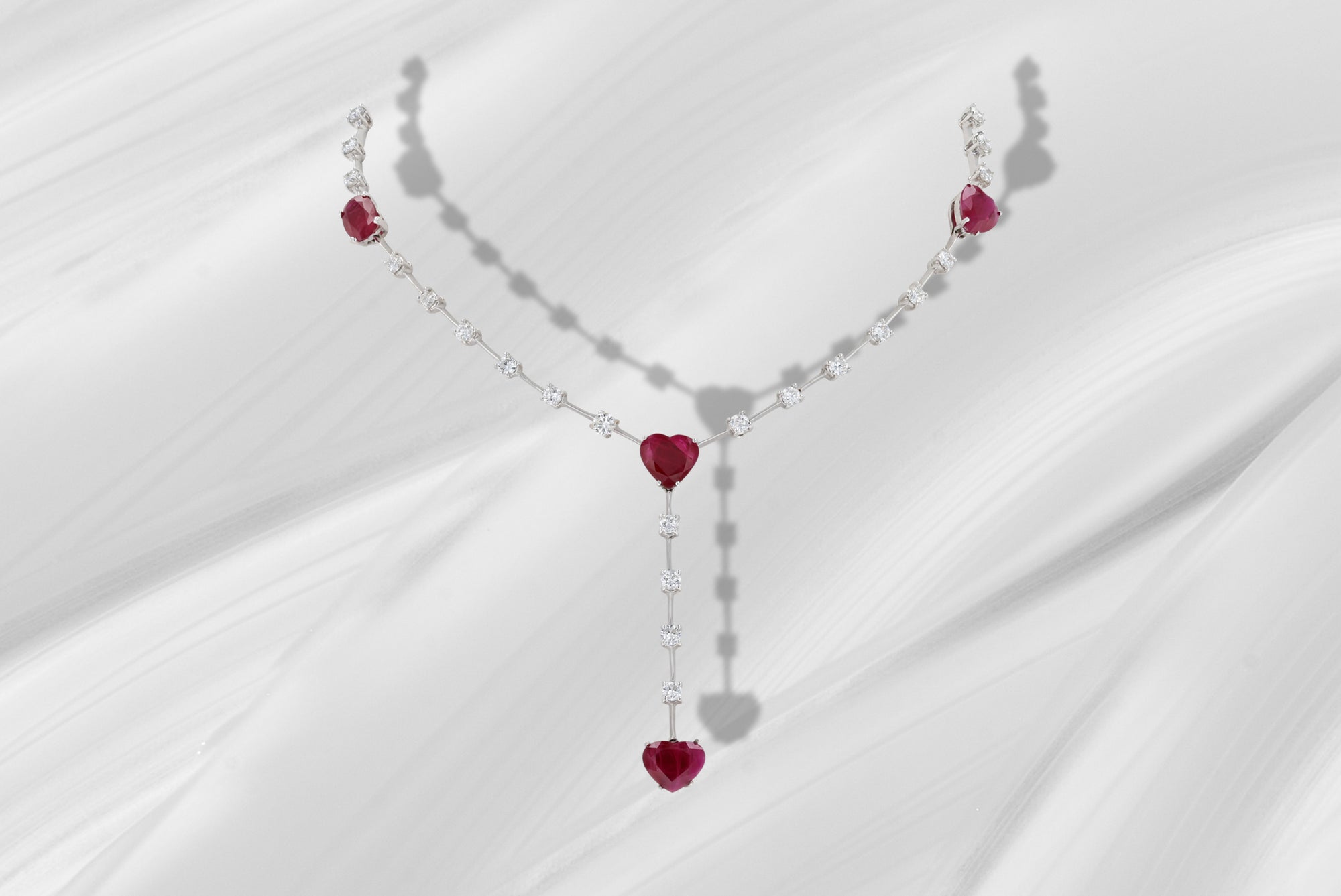The Gem of the Sun
What is Peridot?
Peridot, is the green member of an isomorphous series, called olivine and has a composition of magnesium iron silicate. The olivine series includes end members, Forsterite (magnesium silicate) and Fayalite (iron silicate). Peridot comes in a variety of hues: from pale yellowish green, deep green to greenish brown and is coloured by Iron (Fe). The gemstone is transparent and reflects a greasy or dull vitreous lustre.

Crystal Habit
The gemstone crystallises with a prismatic crystal habit, which is classified under the orthorhombic crystal system. It forms an orthorhombic prism with side pinacoid faces and has a rhombus shaped cross-section. The crystal displays rounded edges and is often found with broken terminations. Most commonly, peridot is found as water worn pebbles or broken fragments in alluvial deposits.

9ct Yellow Gold Marquise Cut Peridot Bracelet
Localities of Peridot
Peridot can be sourced and mined from multiple localities such as: Australia, China, Myanmar (Burma), Norway, Pakistan, USA (Arizona) & Zabargad (St. Johns Island in Red Sea). Perhaps, the most renowned location for the finest peridots, is Pakistan, where well formed crystals occur with a rich oily green colour.

9ct Yellow Gold Round Cut Peridot Solitaire Stud Earrings
Under The Loupe: Inclusions
Peridots exhibit magical and diagnostic inclusions such as: black chromite crystals surrounded by flat circular stress cracks (resembling the appearance of a lily pad), mica flakes, black ludwigite hair and rod-like inclusions.
Peridot has a high level of double refraction and this can be seen more clearly in larger stones, whereby the pavilion facets and inclusions, appear to be doubled.

9ct Yellow Gold Octagonal Peridot & Diamond Halo Pendant & Chain
Cut & Simulants
Peridot can be fashioned as a faceted gemstone, cabochons or beads. Peridot can commonly be mistaken for emerald, green artificial glass, chrysoberyl, green sapphire, tourmaline, tsavorite garnet and sinhalite. These can all be identified through the use of gemological testing and observations.

The Lore of Peridot
Peridot is the material used to celebrate the 16th wedding anniversary, as well as being the birthstone of August, it is also the zodiac birthstone of Leo. Peridot derives from the Arabic word ‘faridat’, which translates to ‘gem’. Peridot was first discovered on Topazions Island in the Red Sea, 300BC. Now, known as the Zabargad Island in Egypt or St John’s Island. Peridot has since become the national gemstone of Egypt and it is perceived, that many of Cleopatra’s mysterious jewels were adorned with Peridots, rather than Emeralds. It has been said that it was Cleopatra’s favoured gemstone and regarded by the Egyptians as "the gem of the sun". Peridot is thought to symbolise compassion and harmony.

9ct Yellow & White Gold Floral Peridot & Diamond Pendant
Care
Peridot, Olivine: 💎 Hardness: 6.5 | 💪 Toughness: Fair to Poor | ⚖️ Stability: Fair
♥️ Extreme Caution, ⚠️ Avoid: 🔨 Pressure / Knocks, 💈 Hair Sprays, 🧴 Lotions / Perfumes, 💄 Make-Up, 💦 Solvents (💅 Nail Polish Remover), 🧪 Acids / Detergents / Chemicals, 🔥❄️ Thermal Shock, 🔊 Ultrasonic, 🌪 Steam Cleaners.
🔬 Gemmological Observation: Avoid wearing whilst doing anything that can cause abrasions or sustaining any knocks. Avoid contact with mild acidic substances as even these can cause damage.

Explore our Wordfinder, A Glossary of Terms, to discover the meaning behind unknown names, terms or phrases - used in this article.
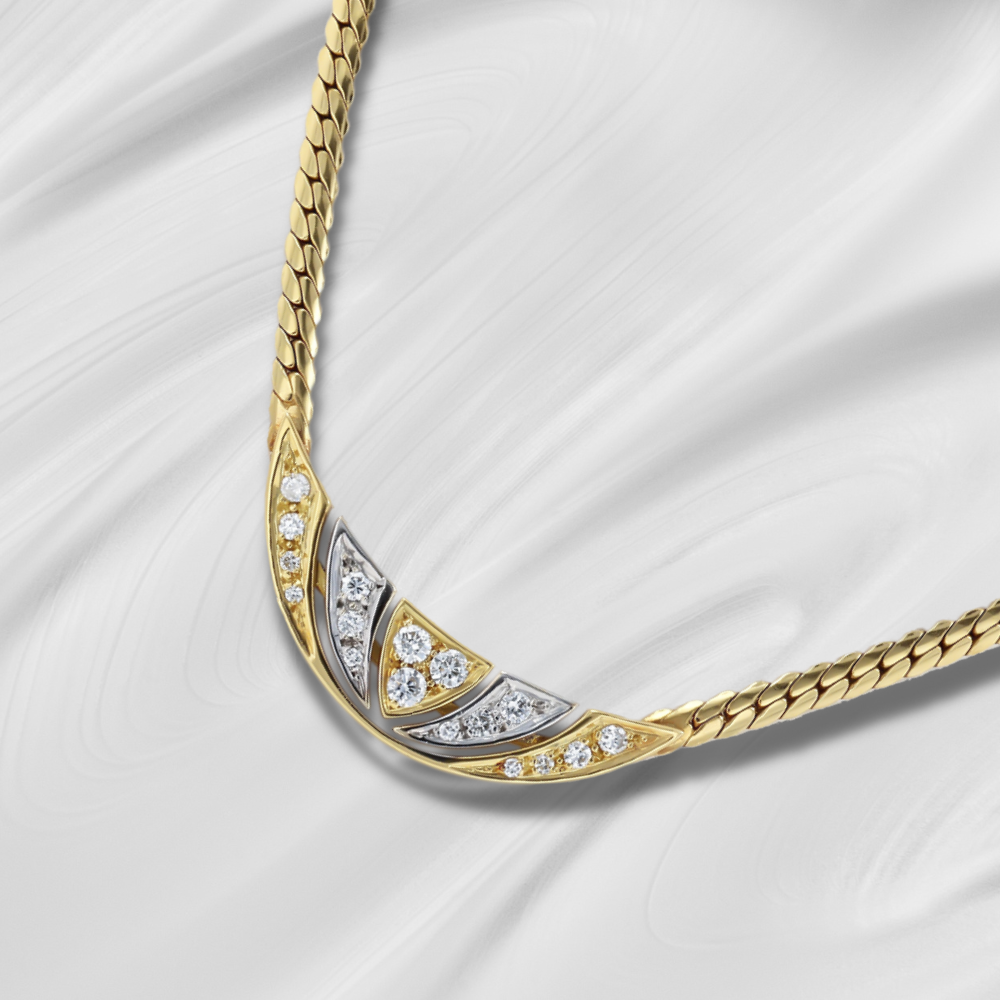

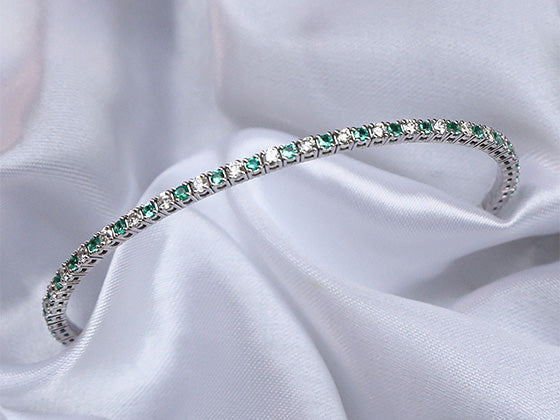

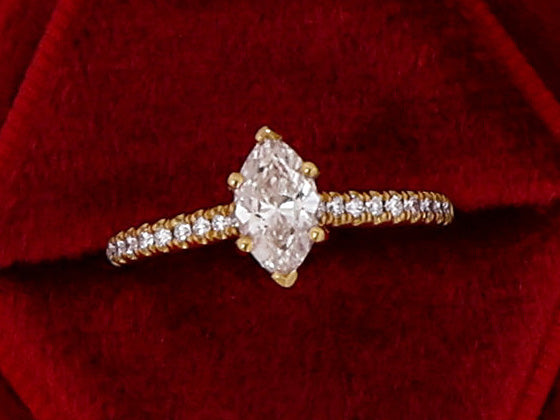
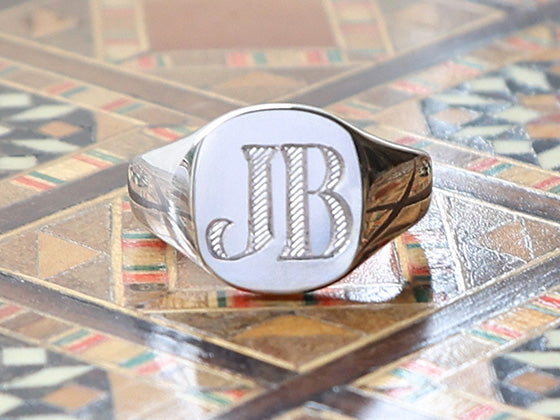
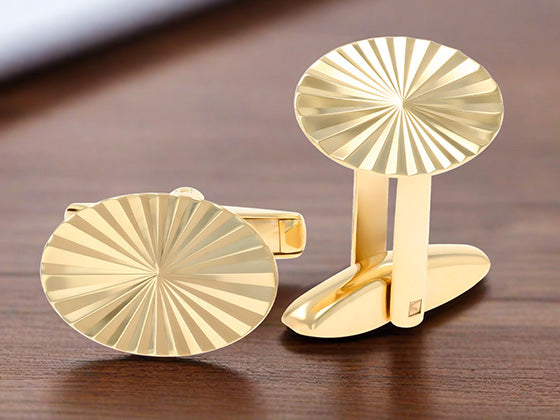
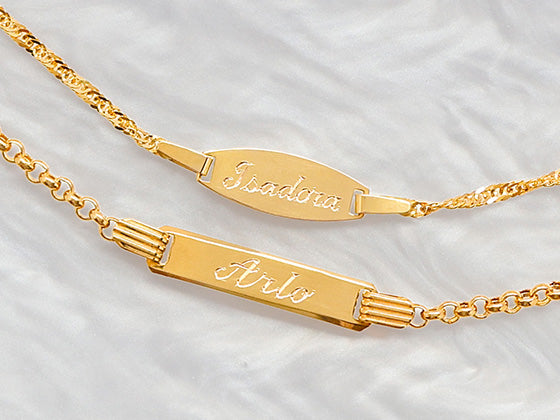
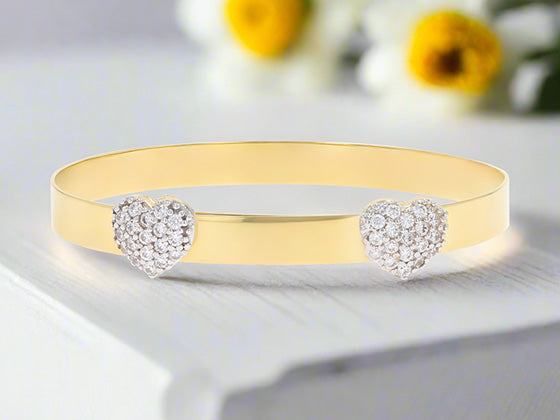
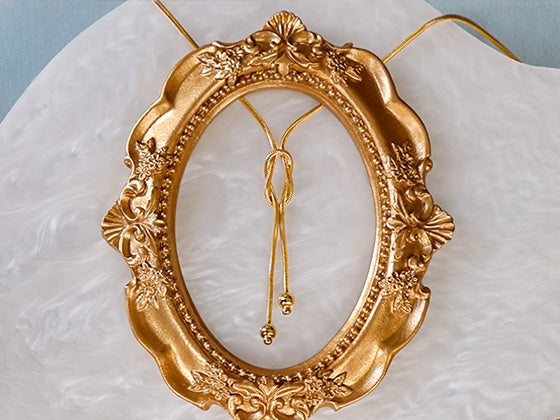
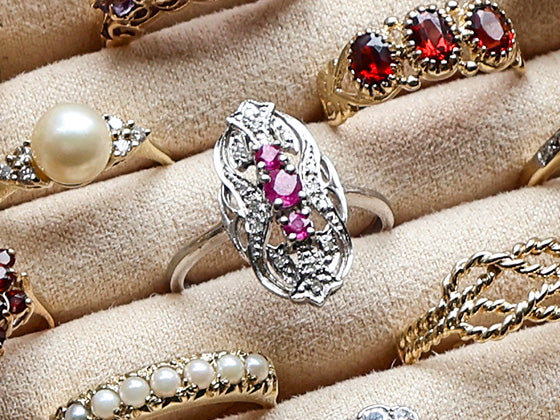
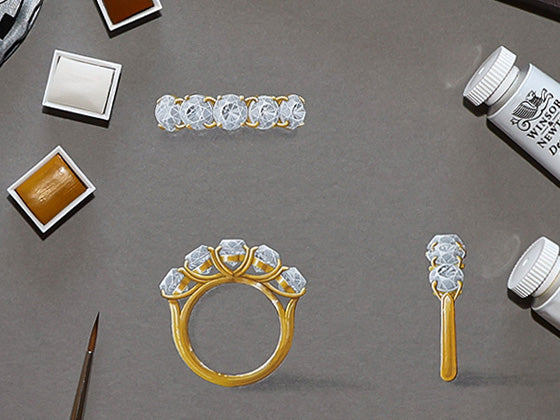
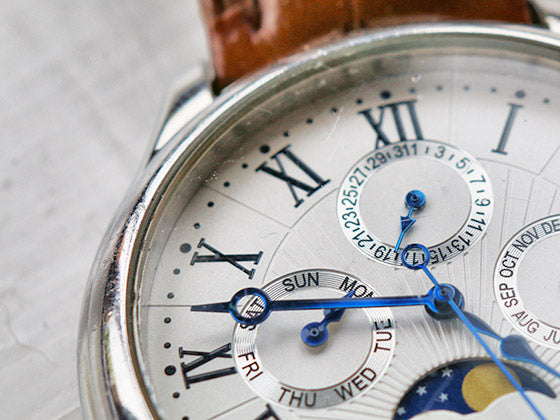
 Contact Us
Contact Us